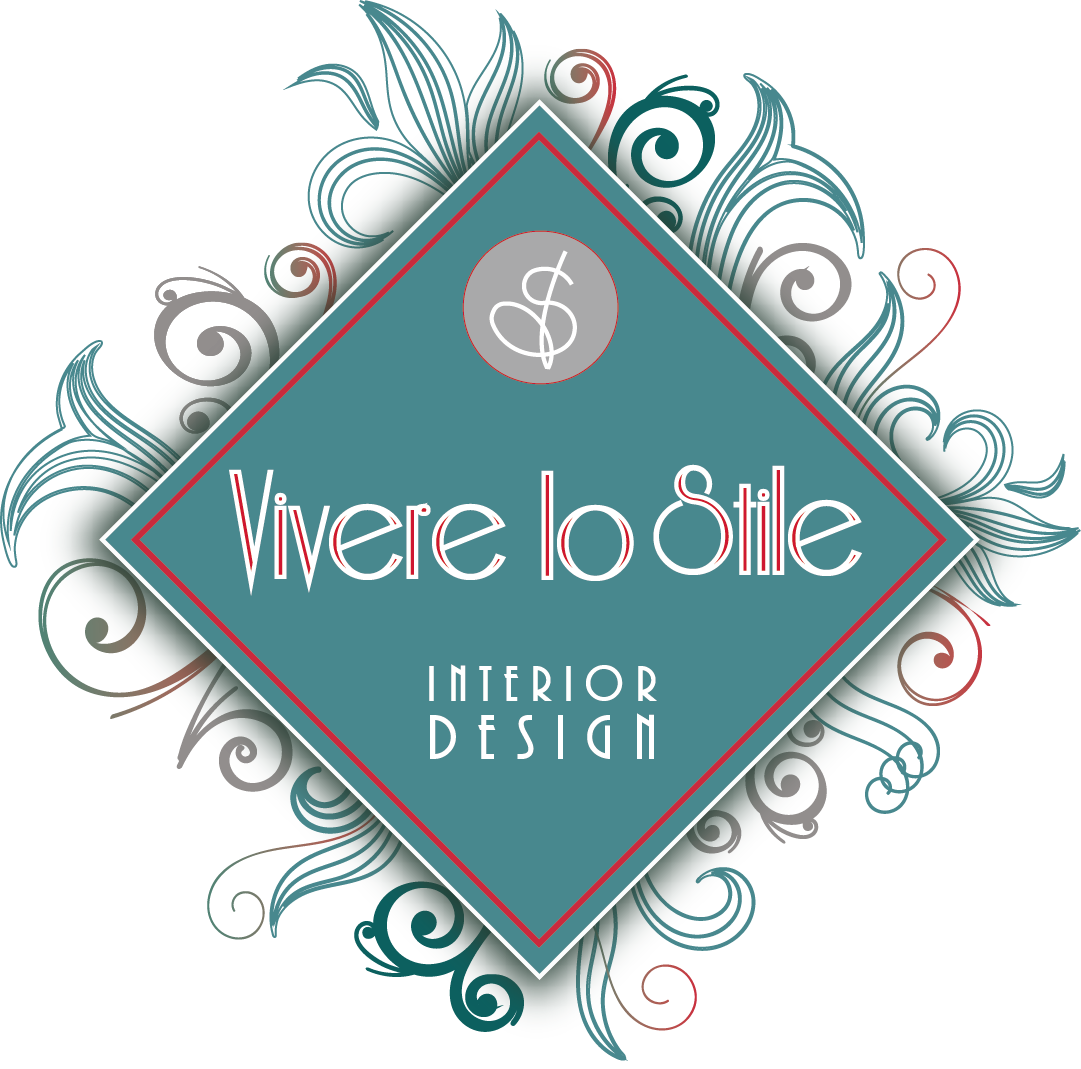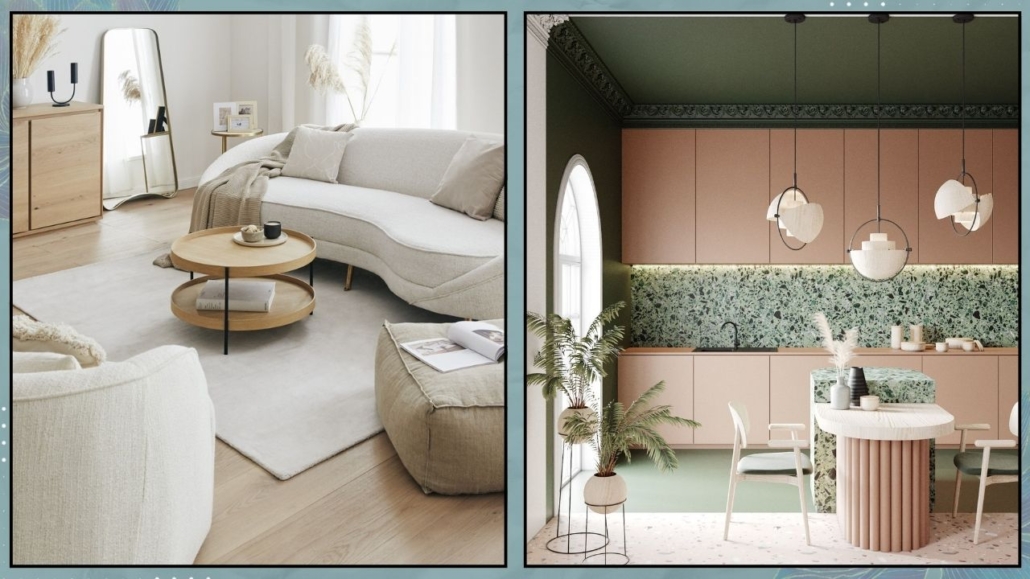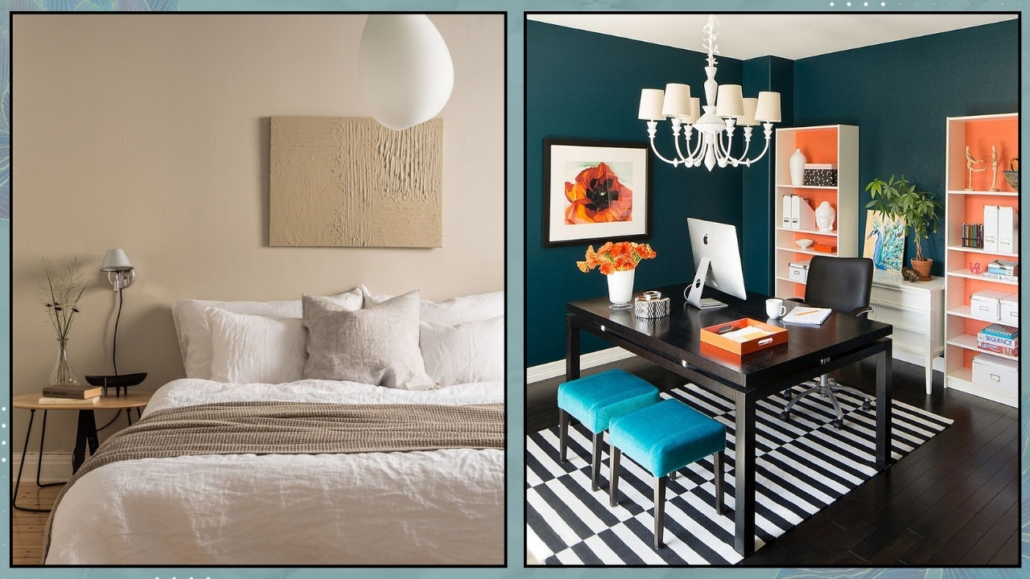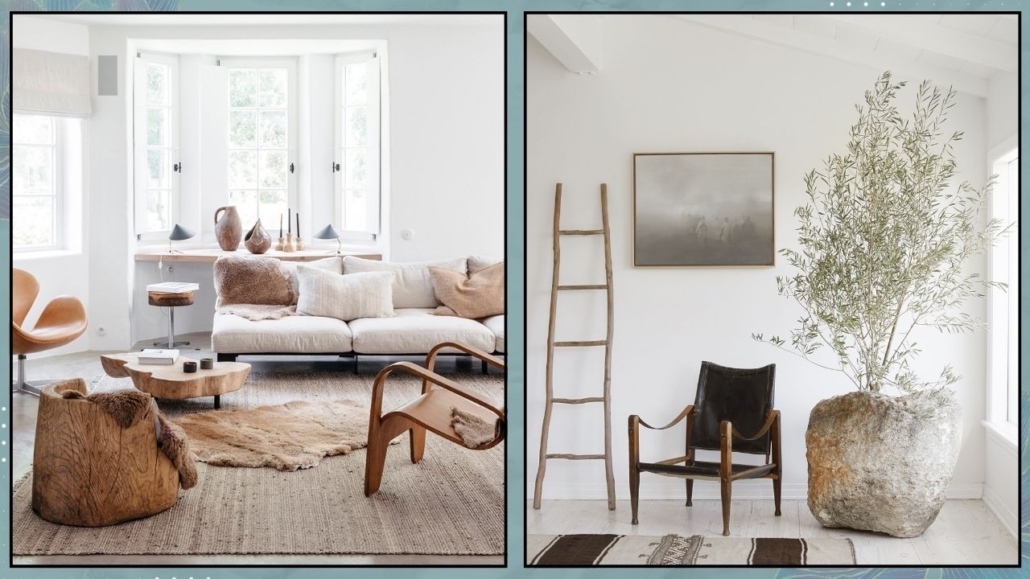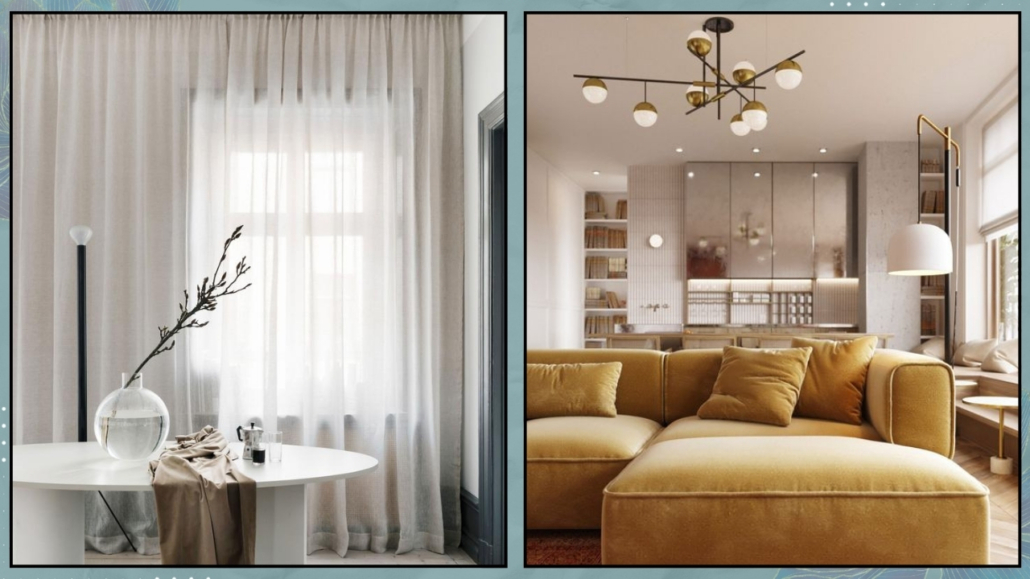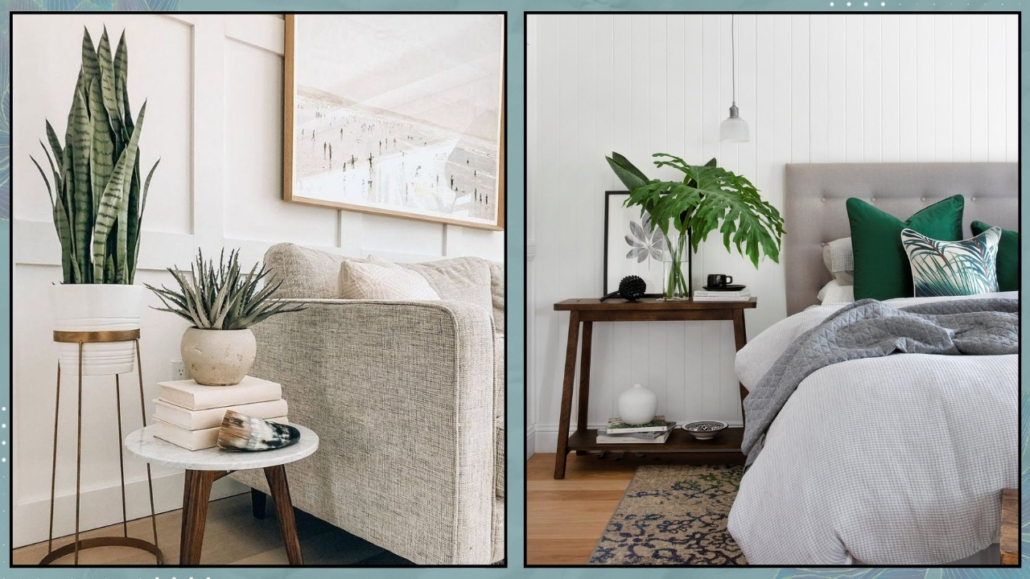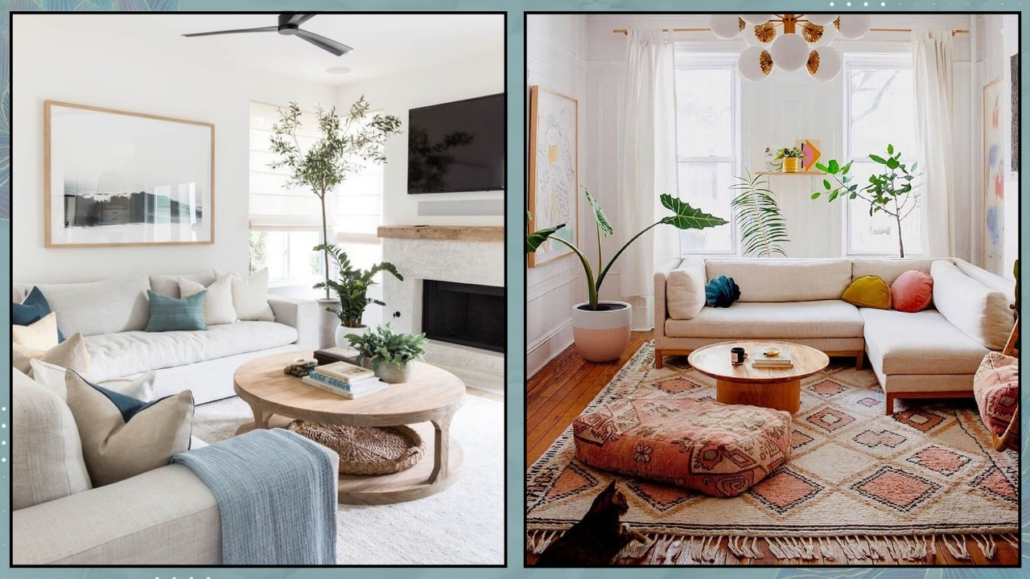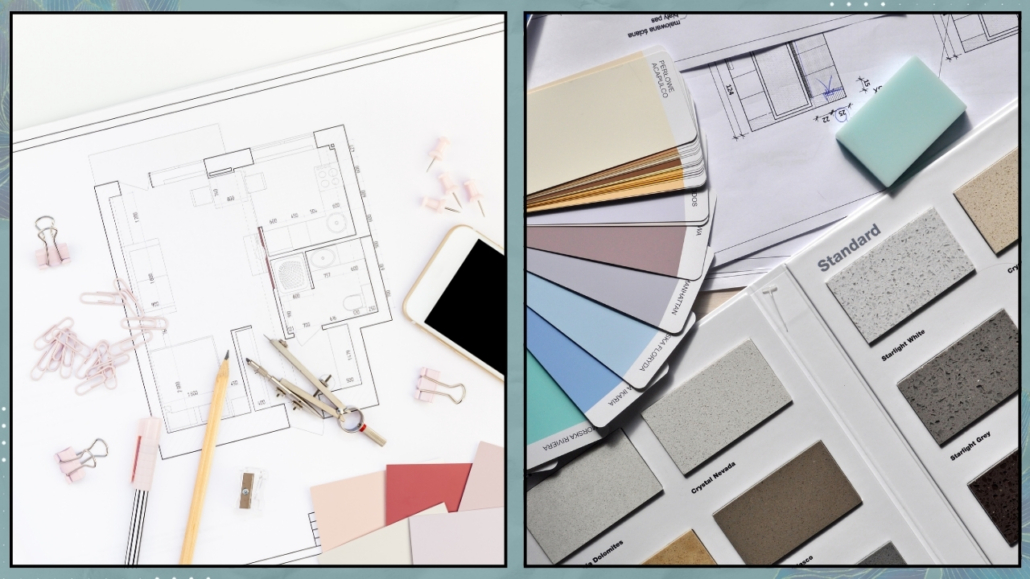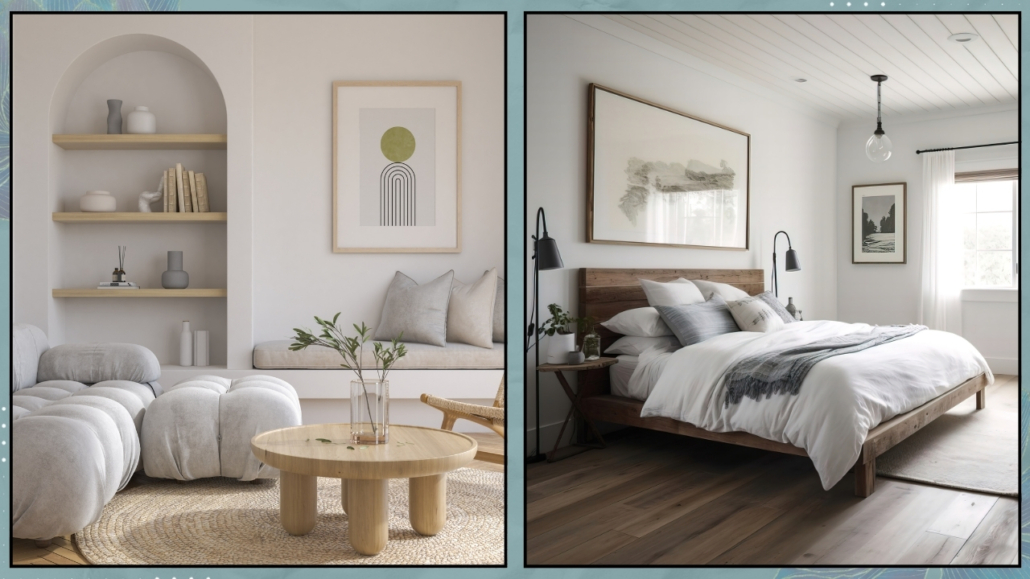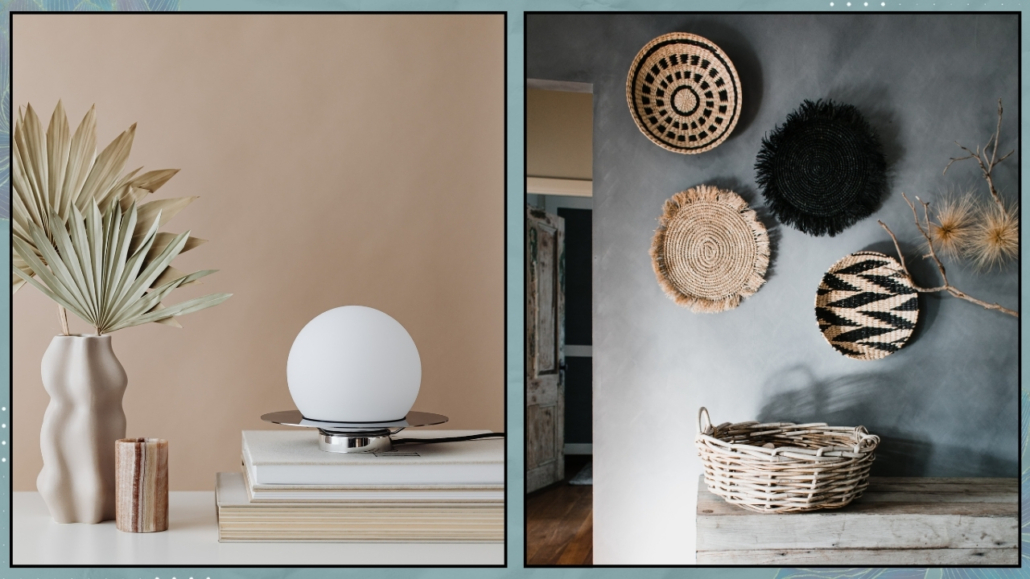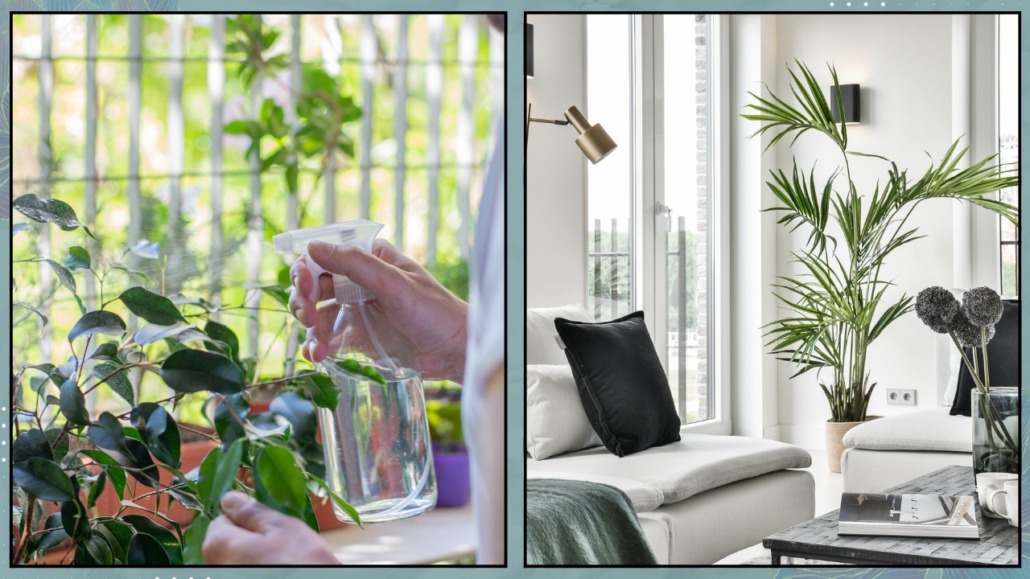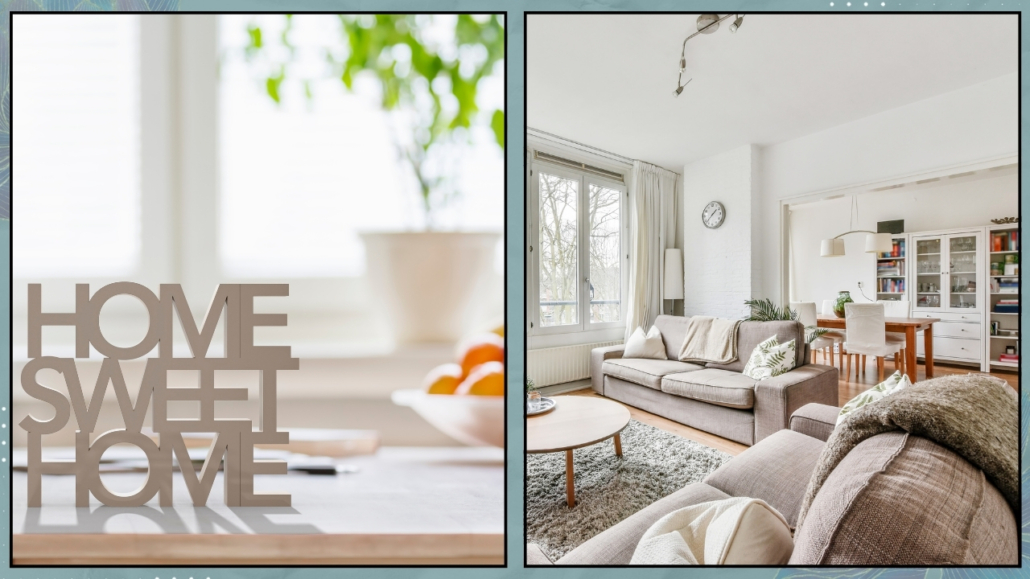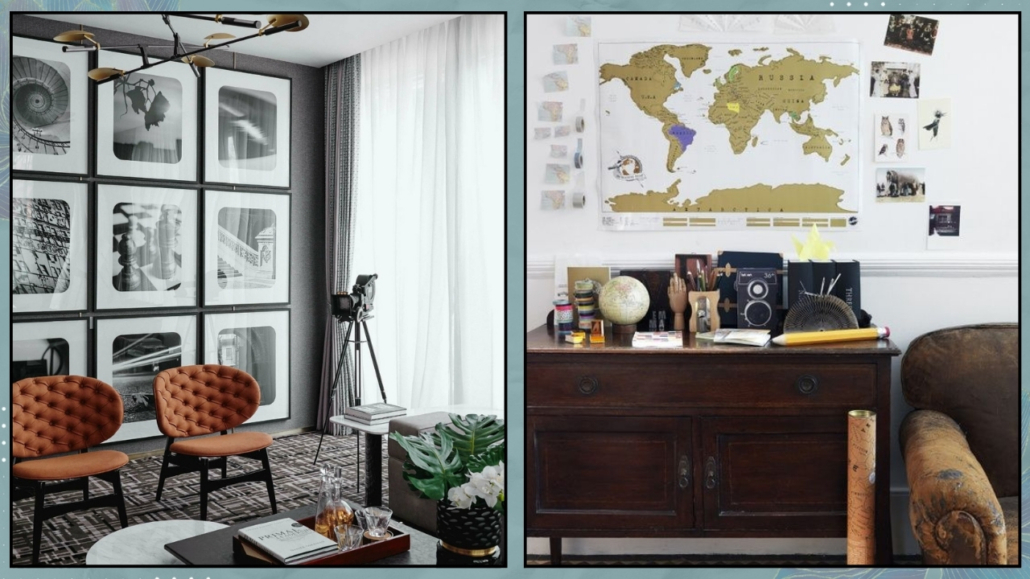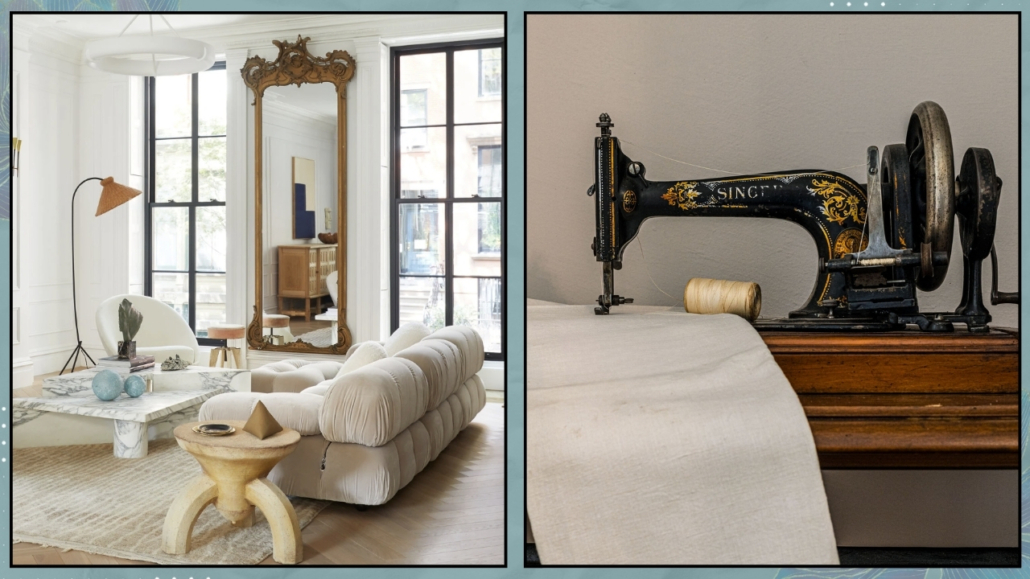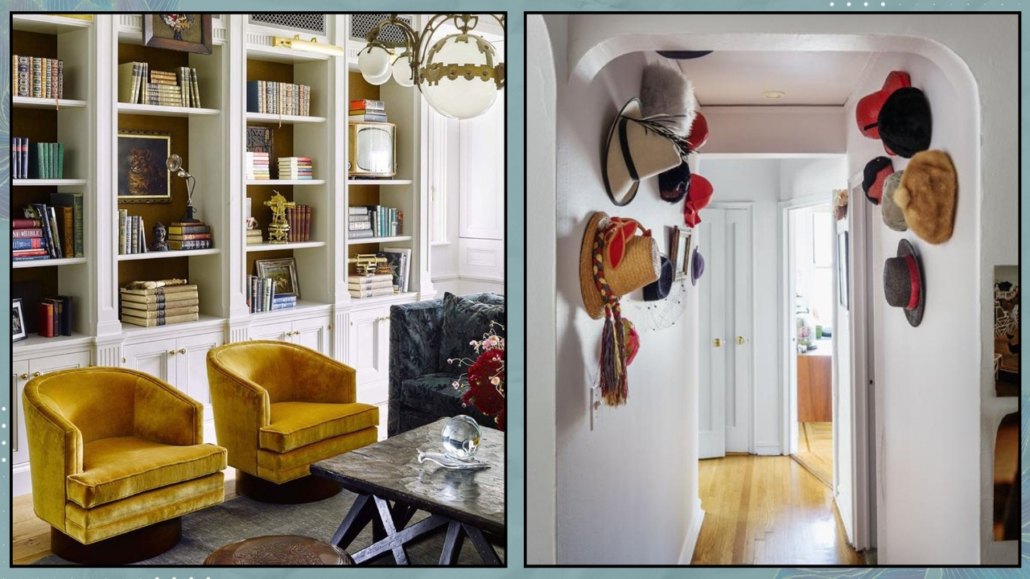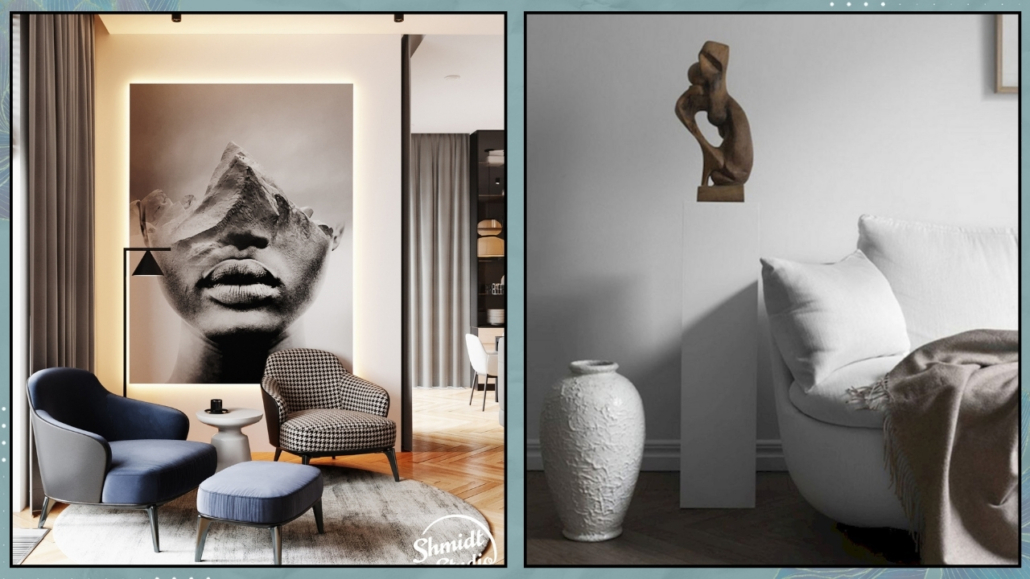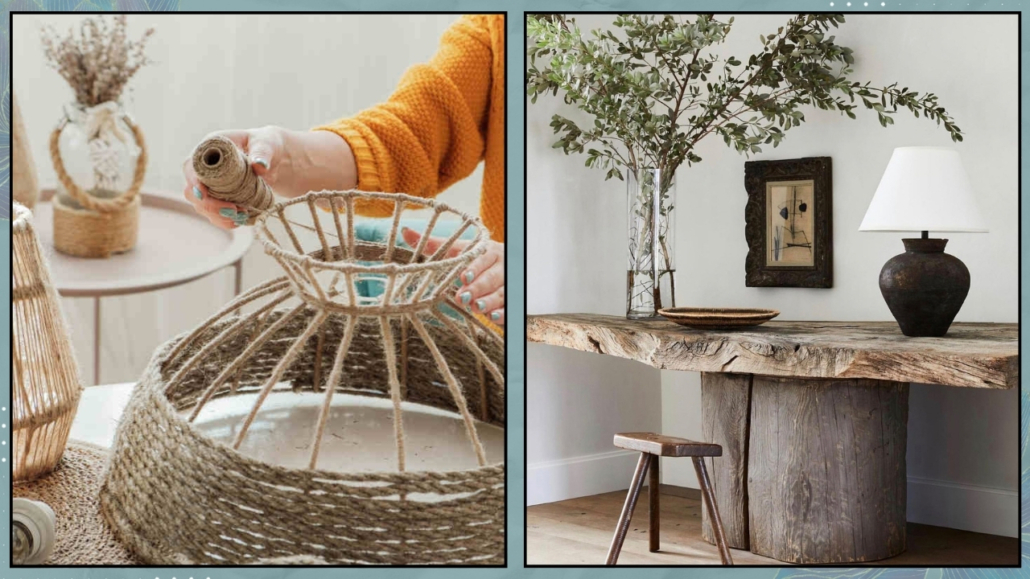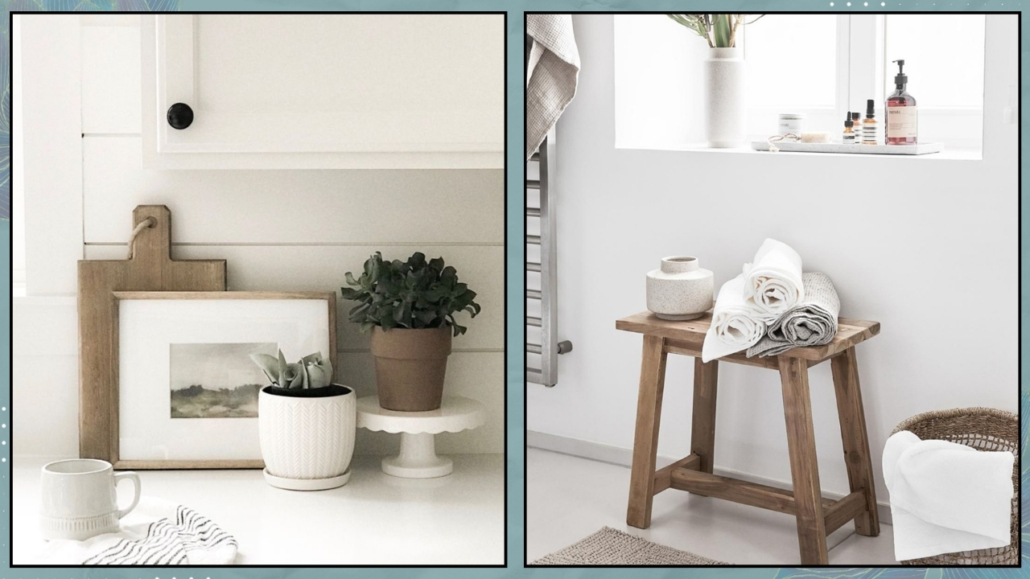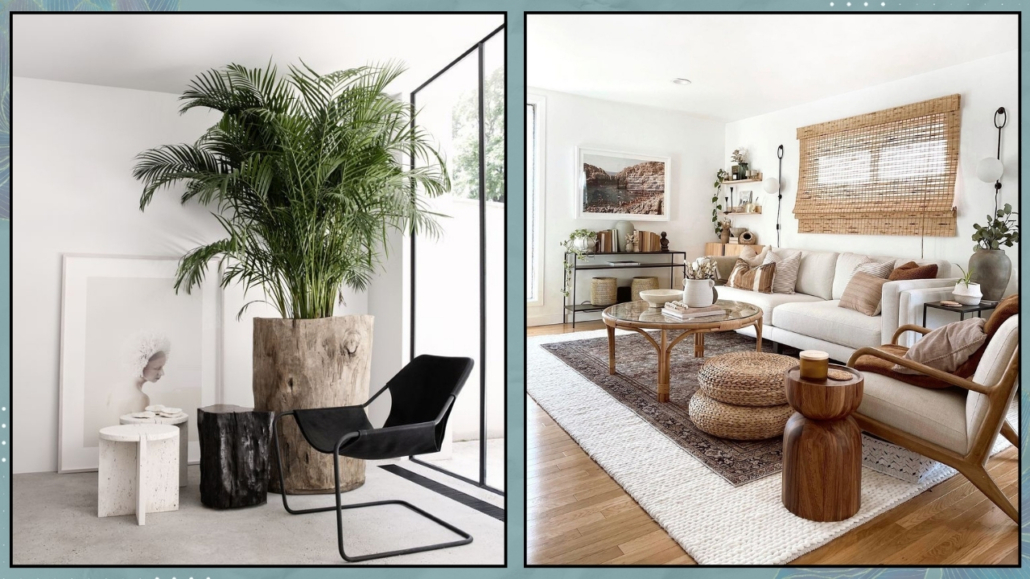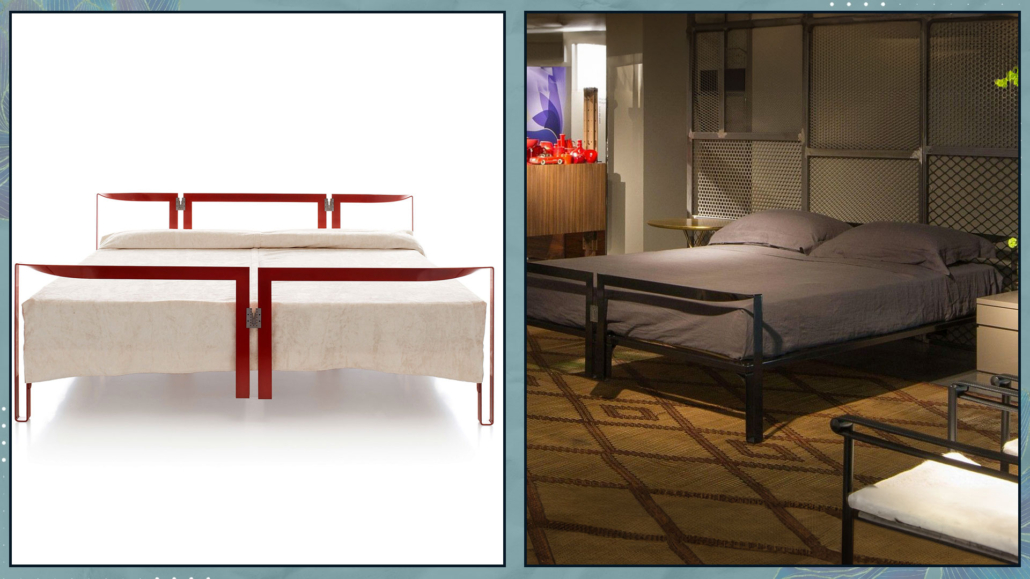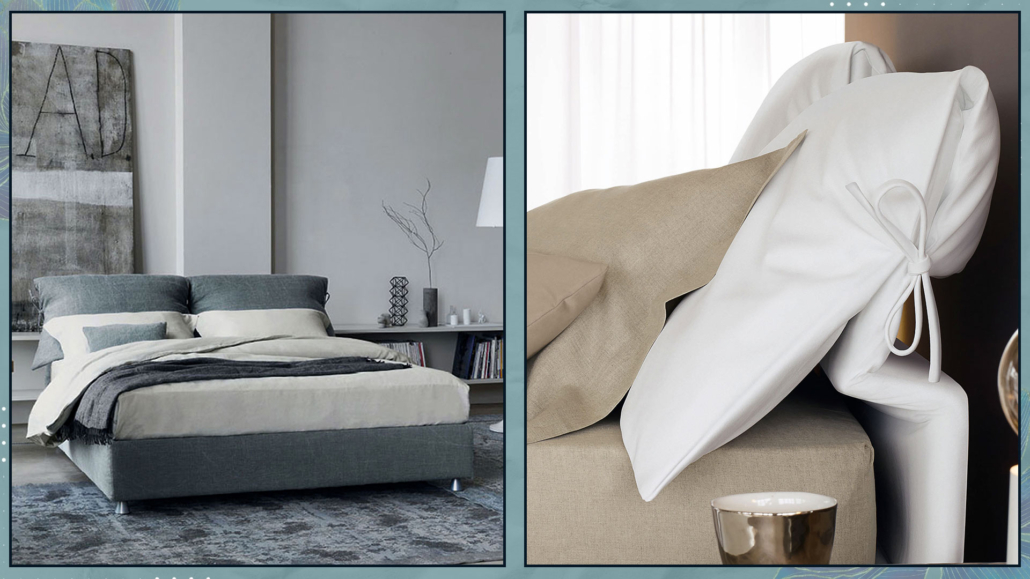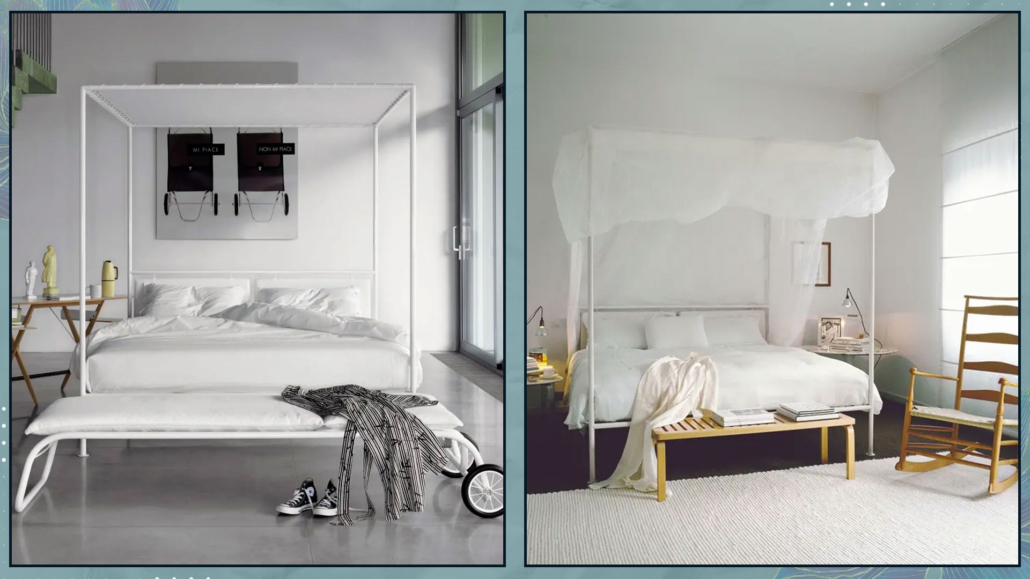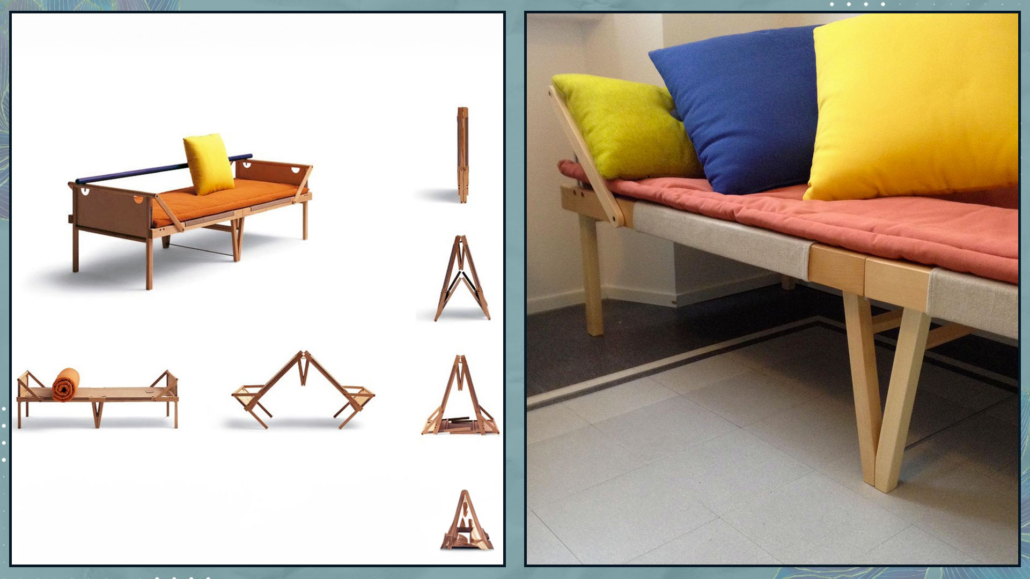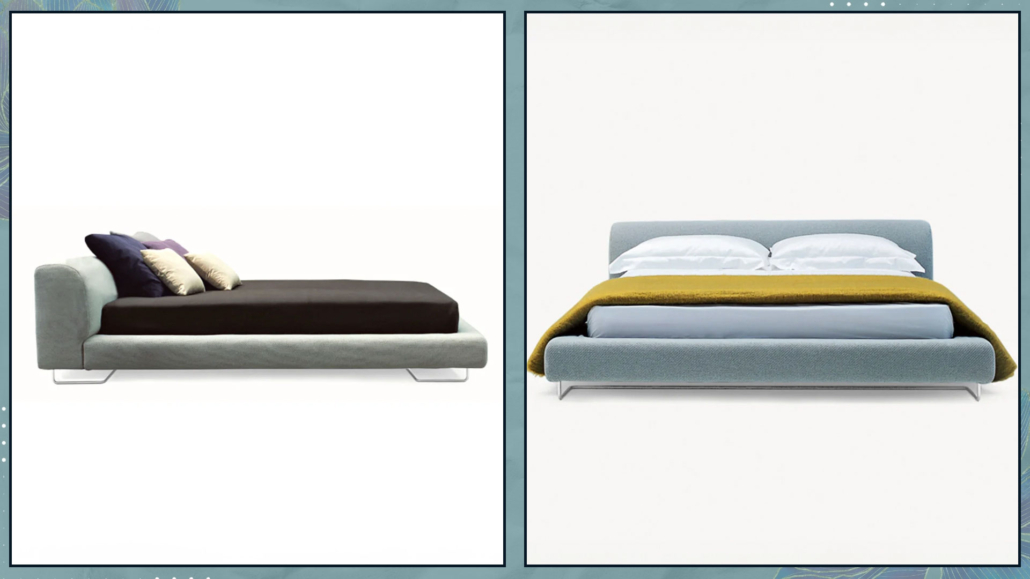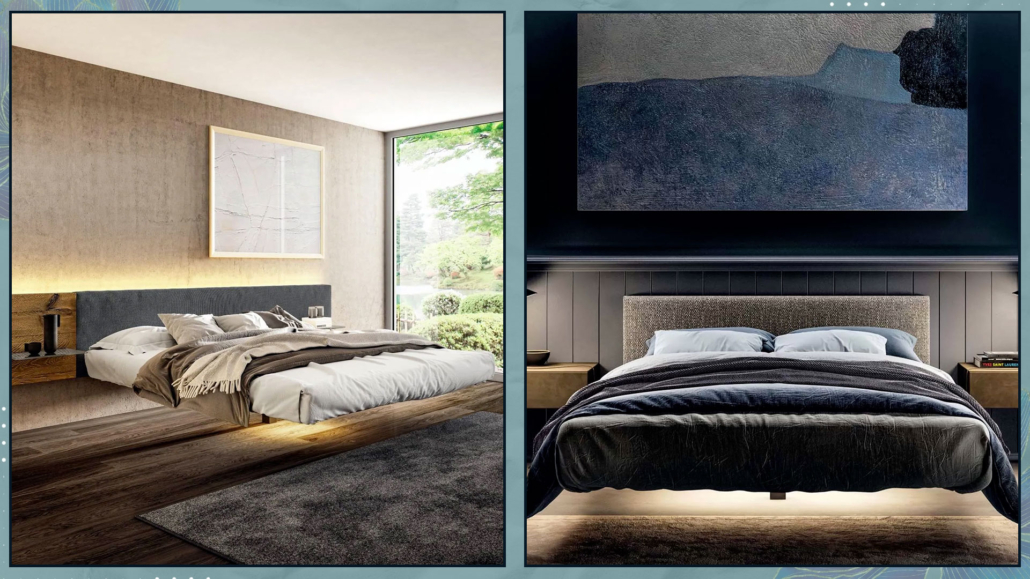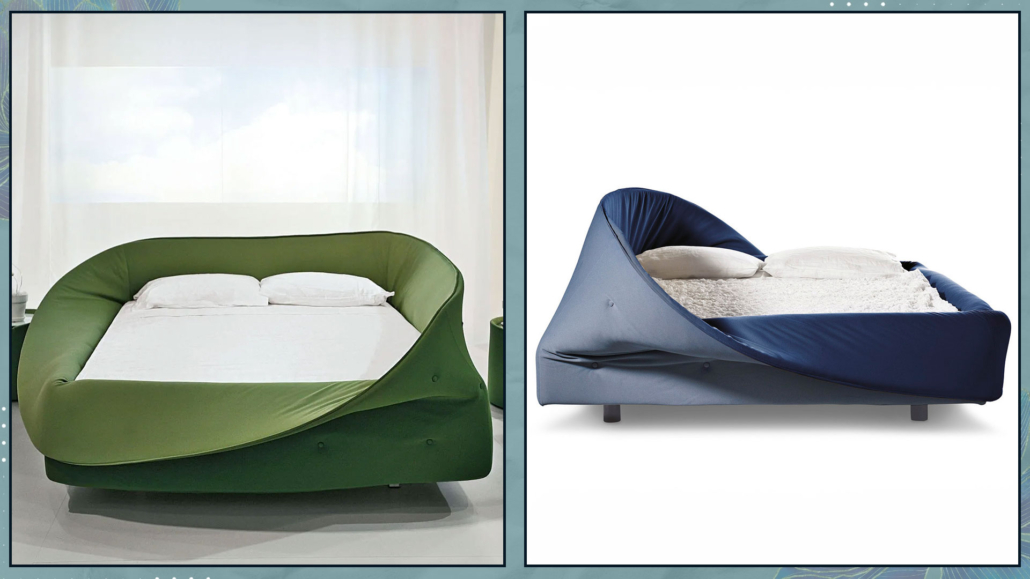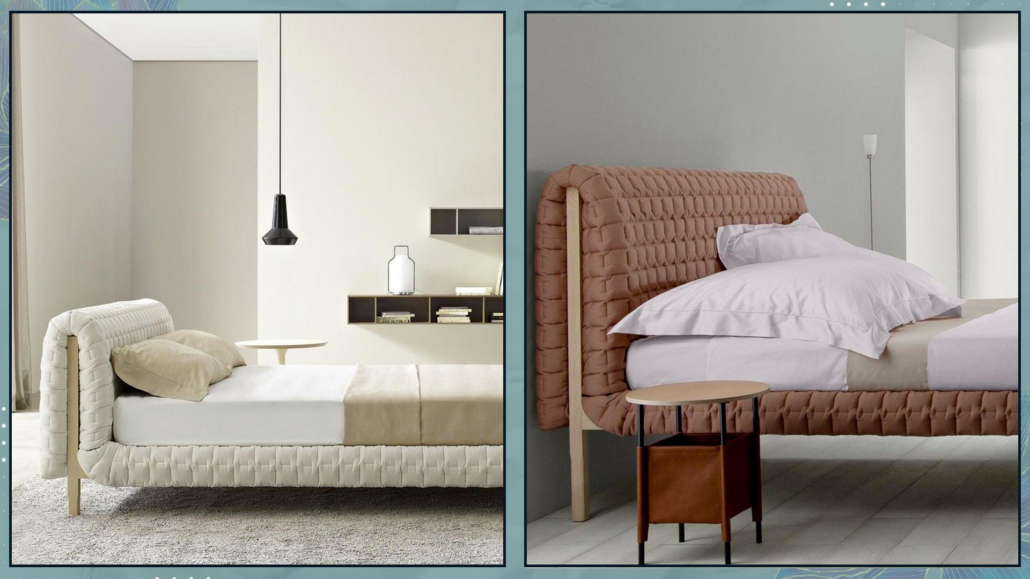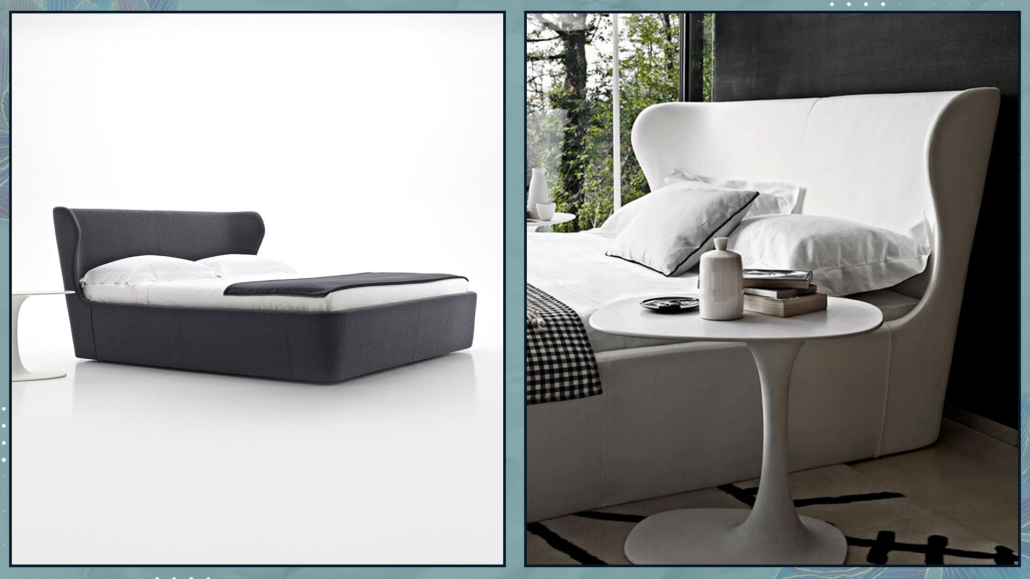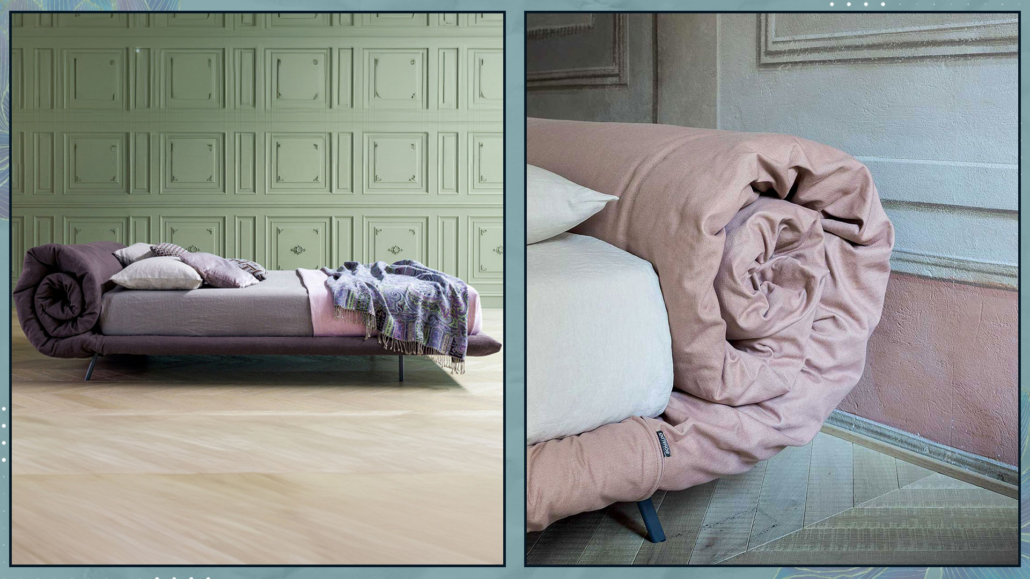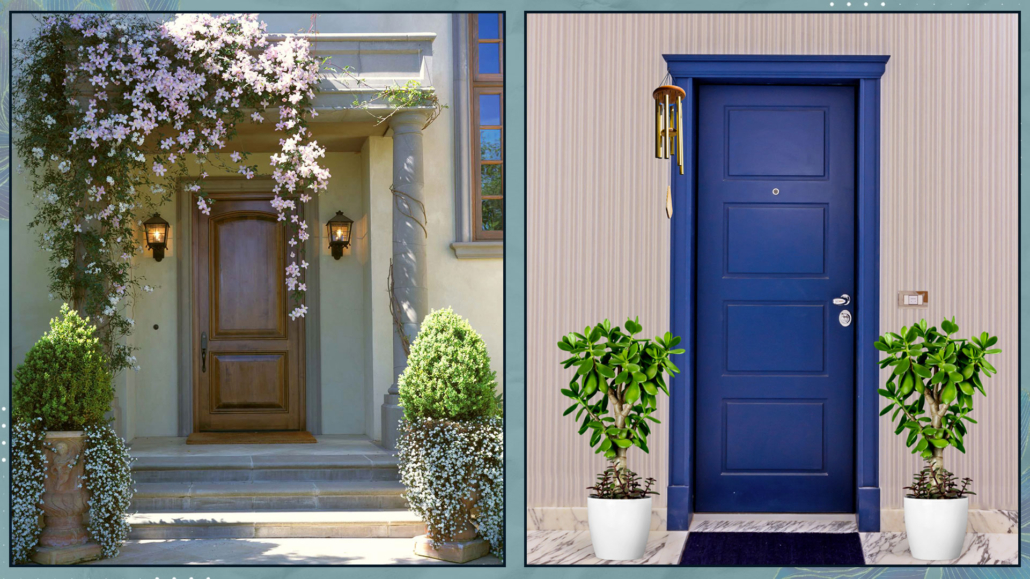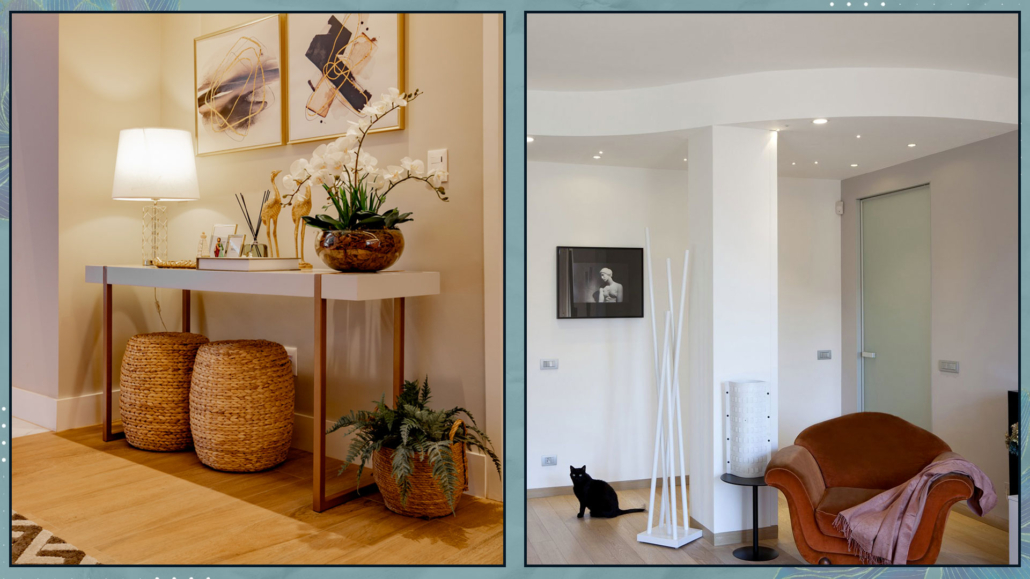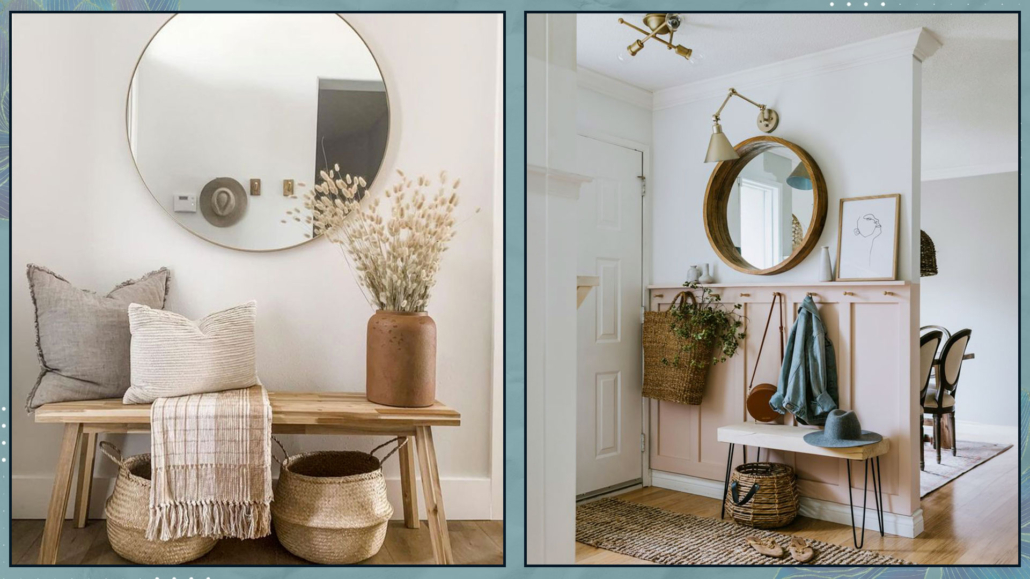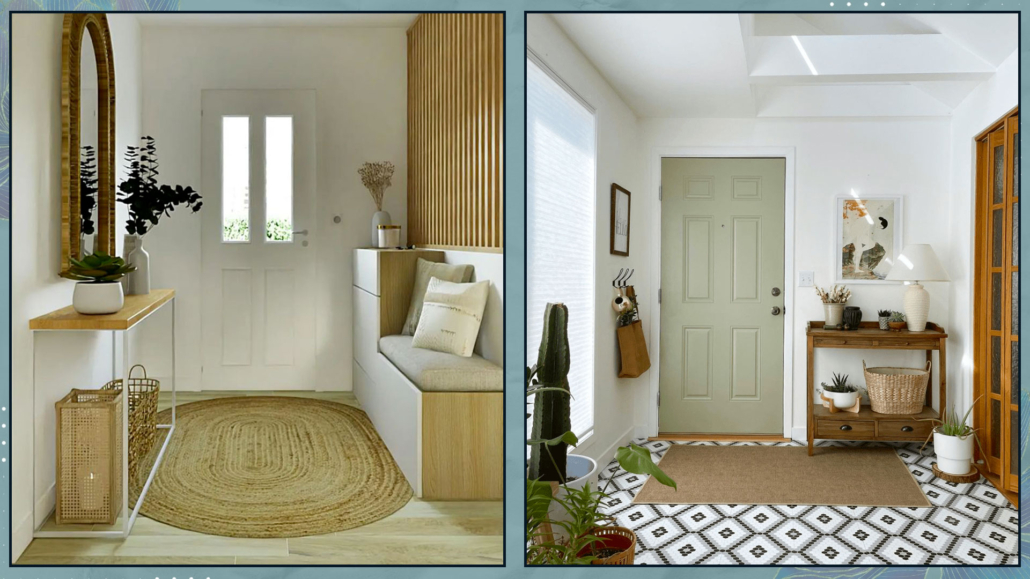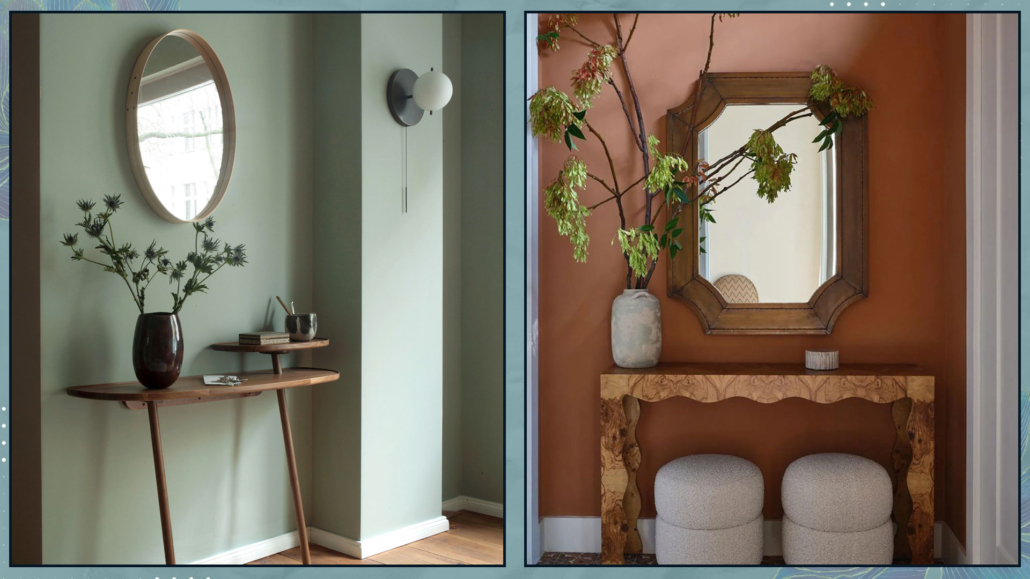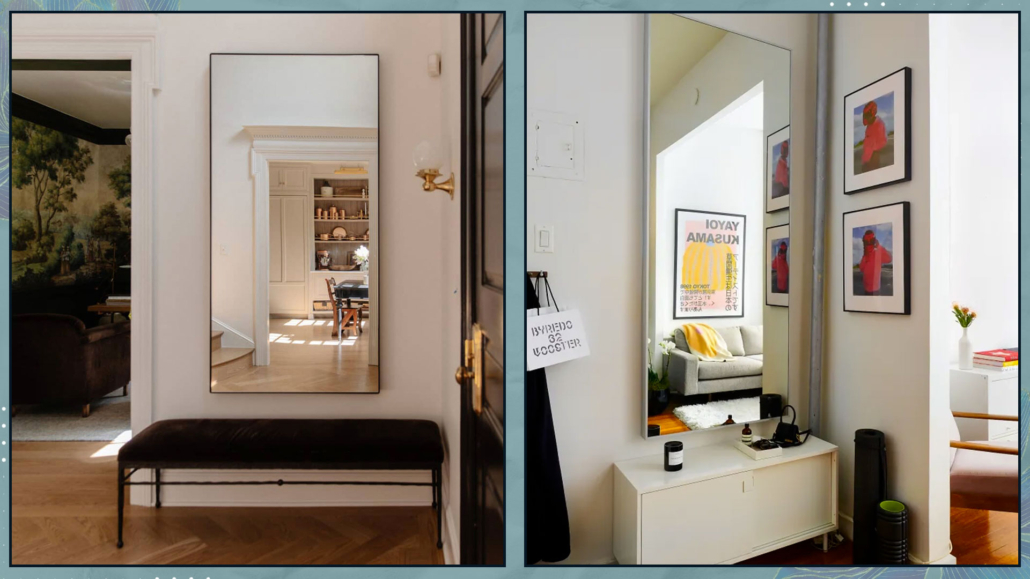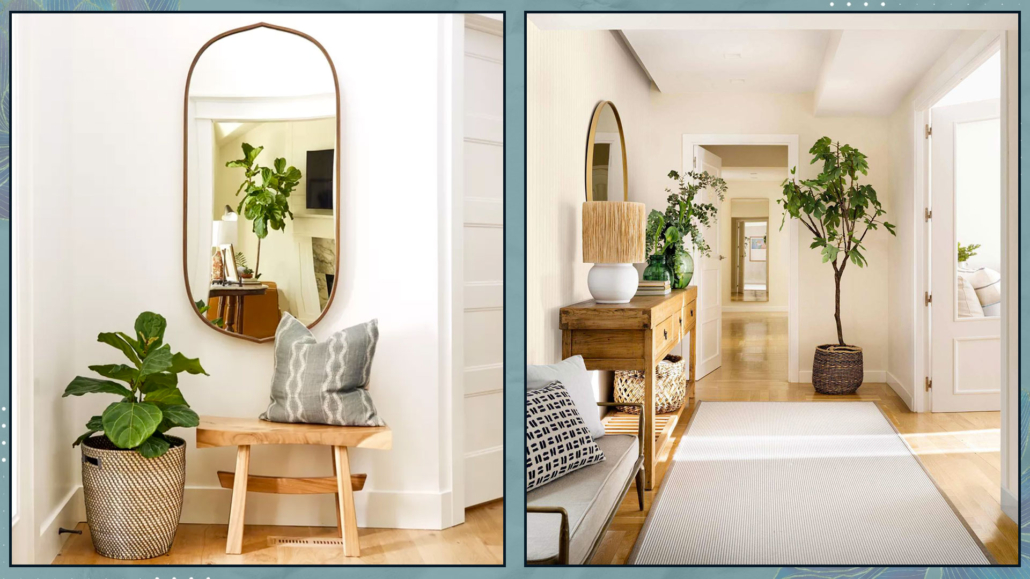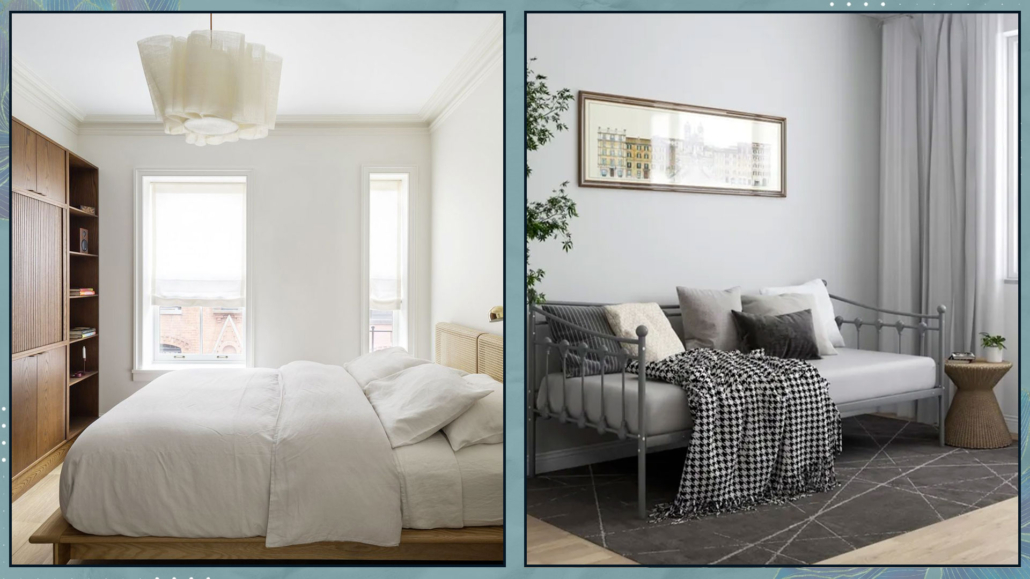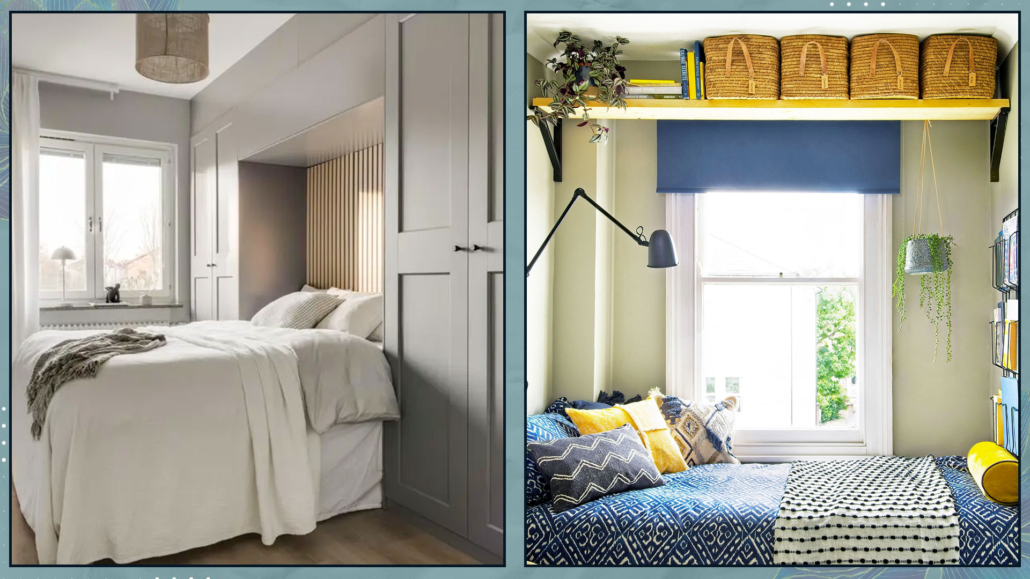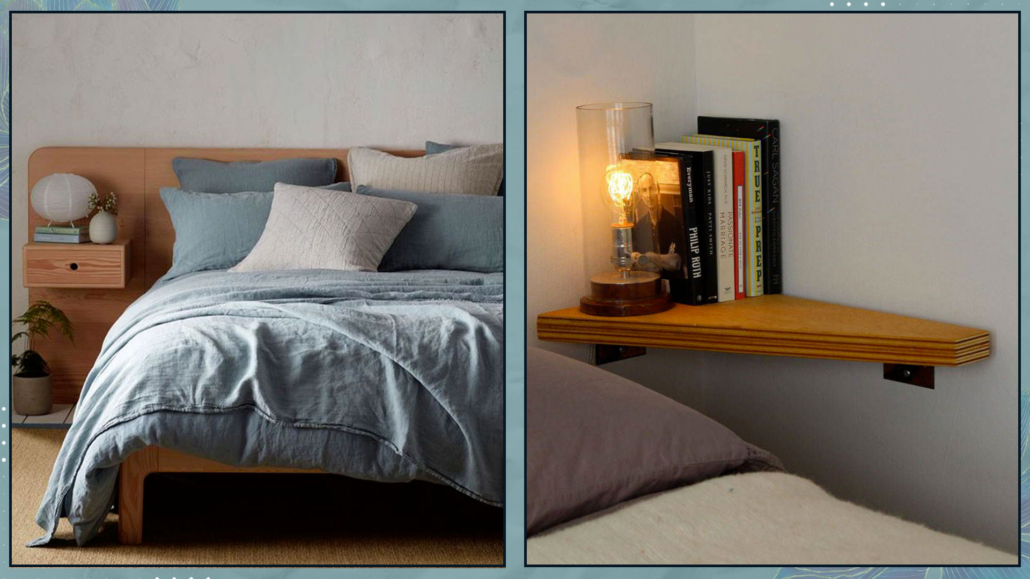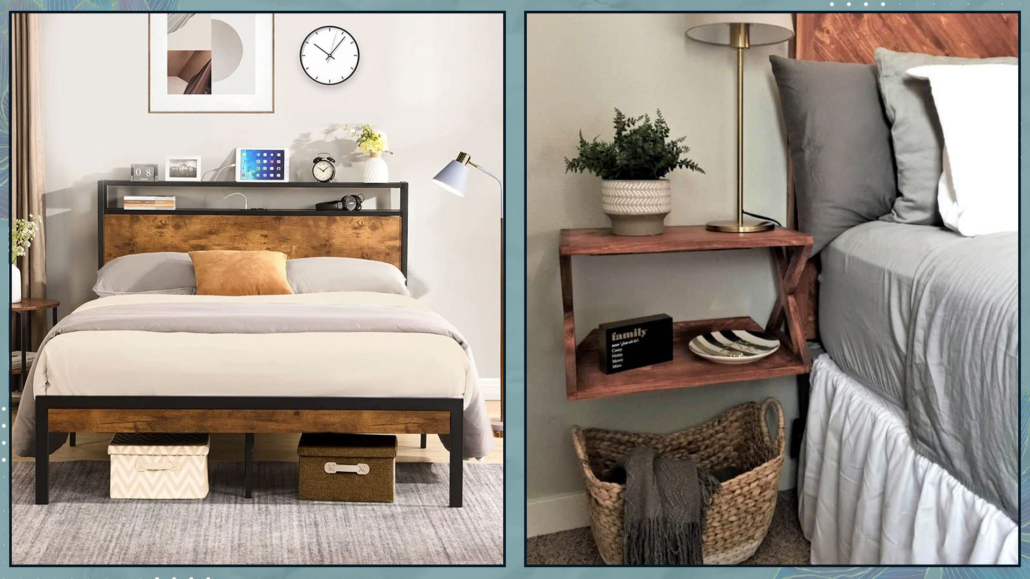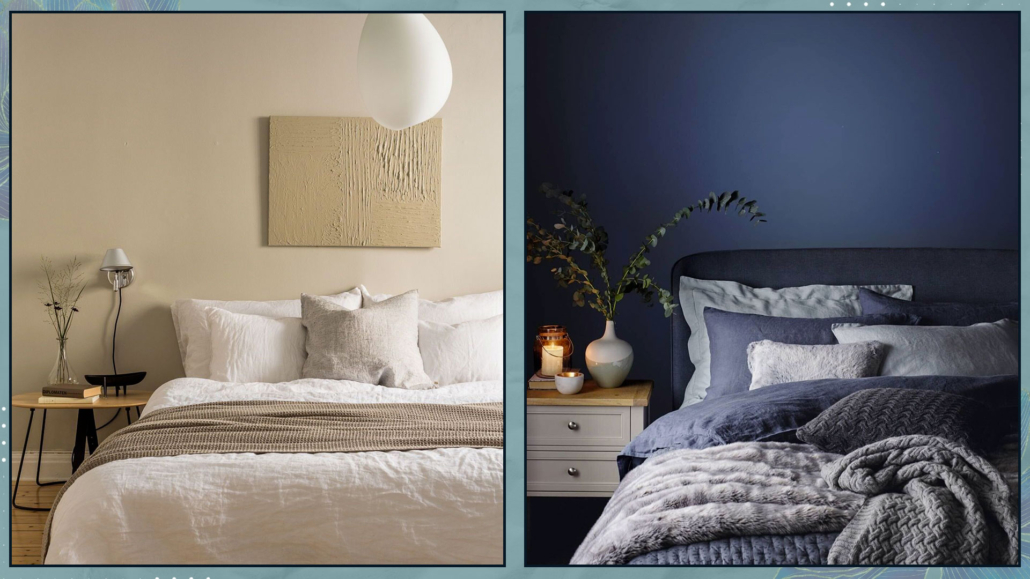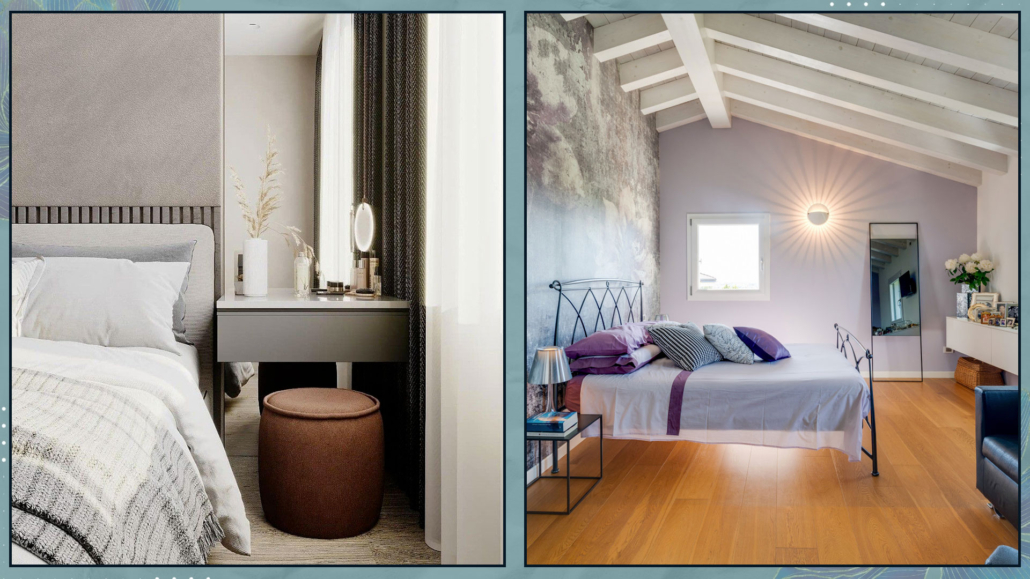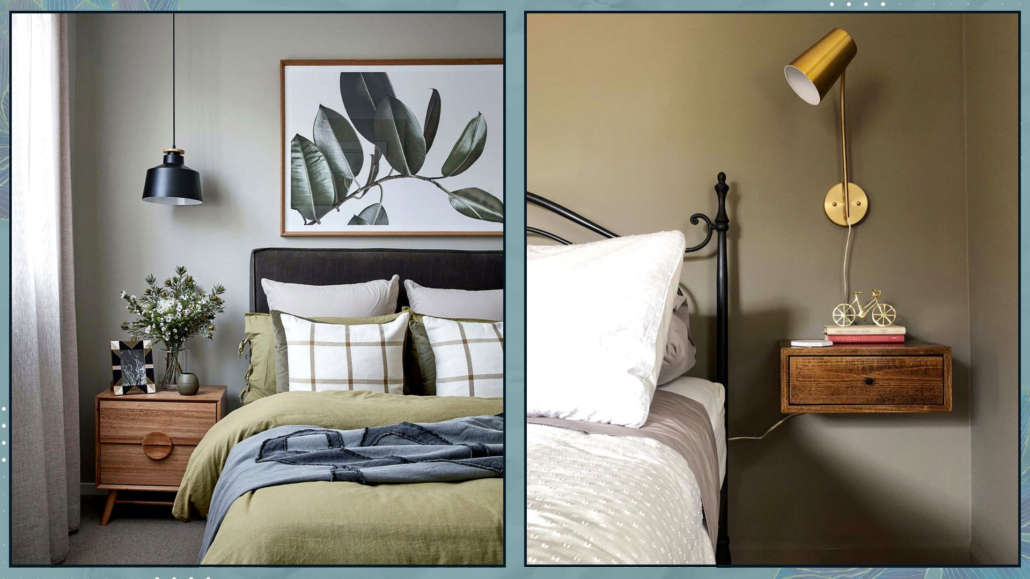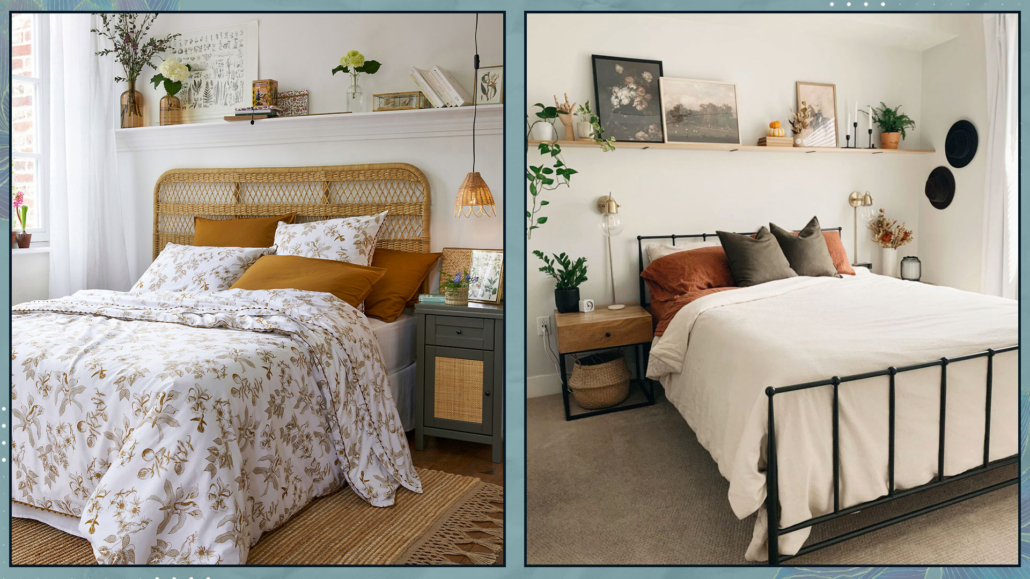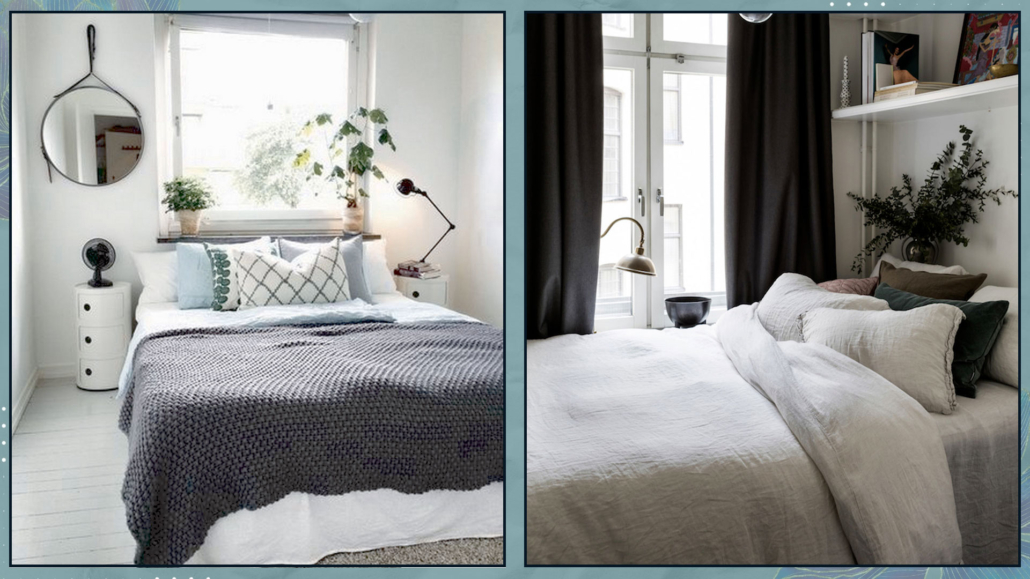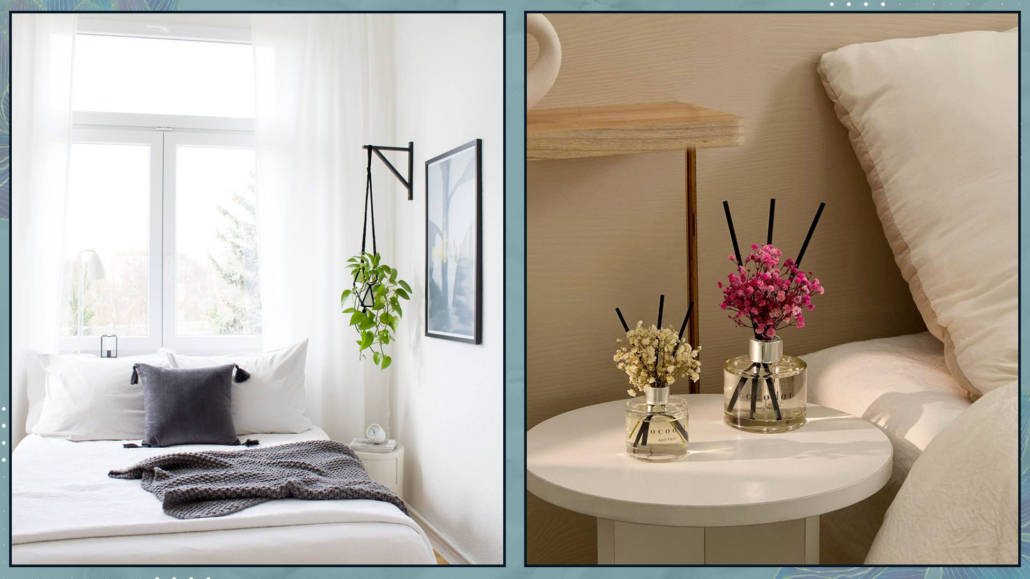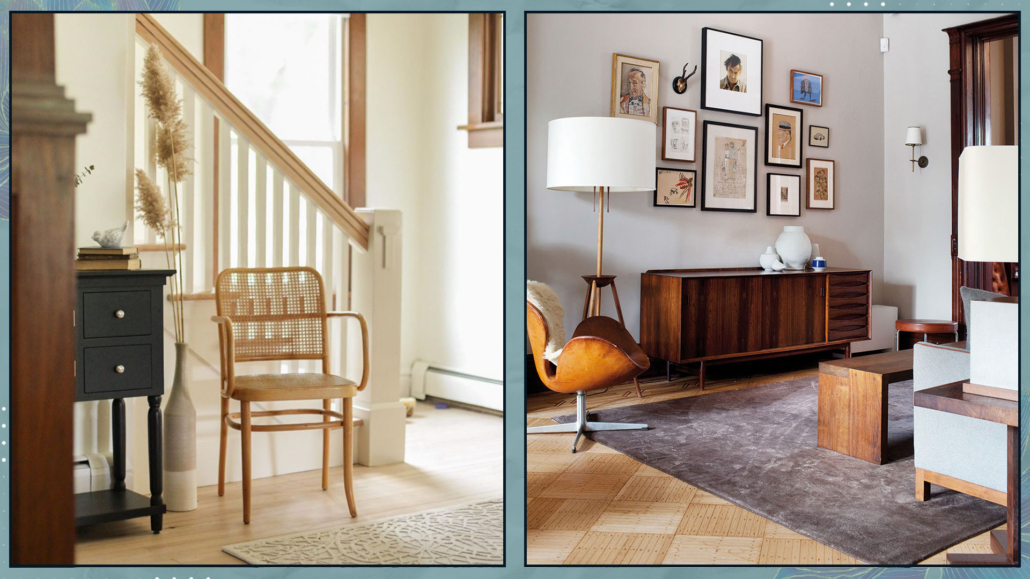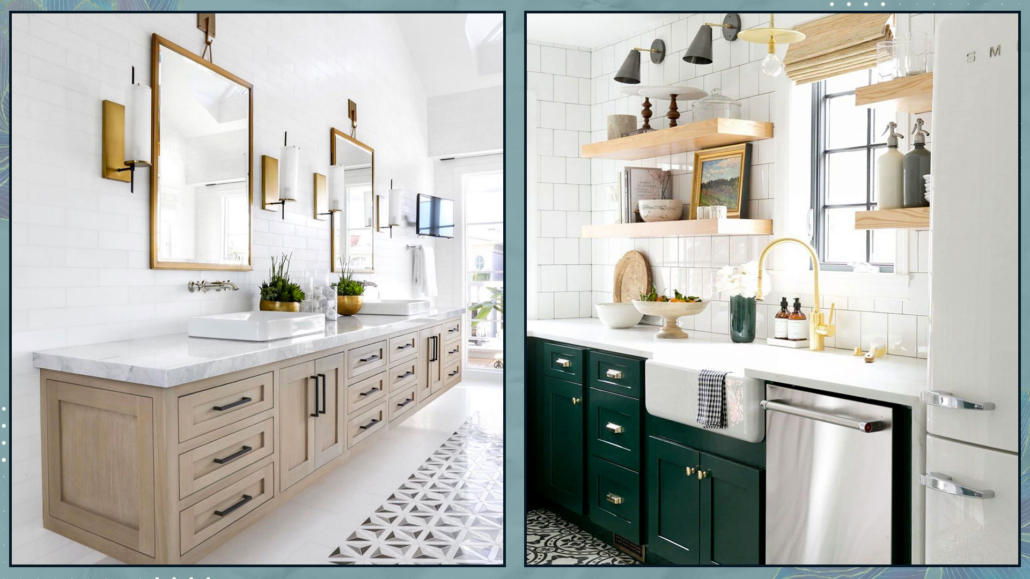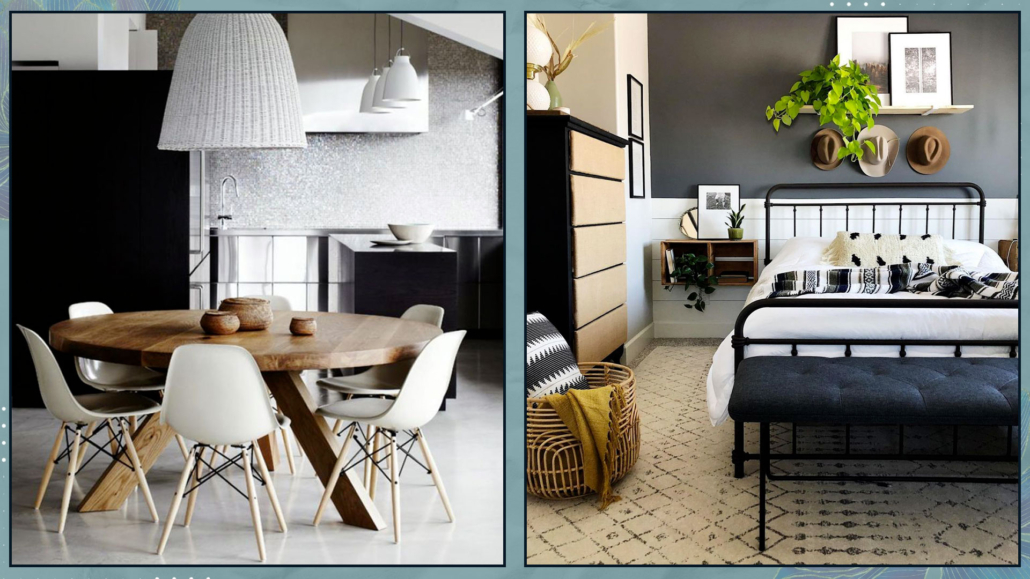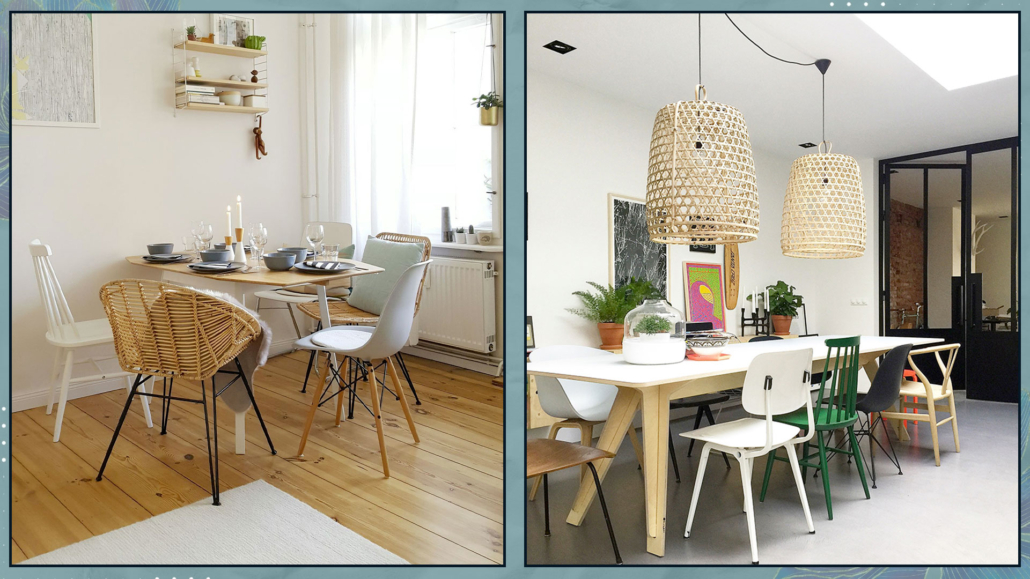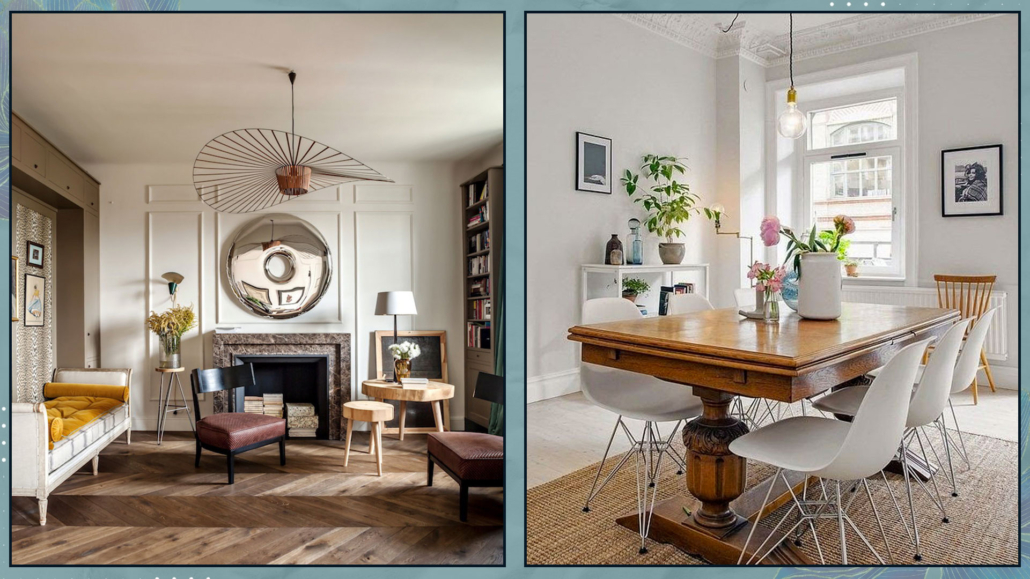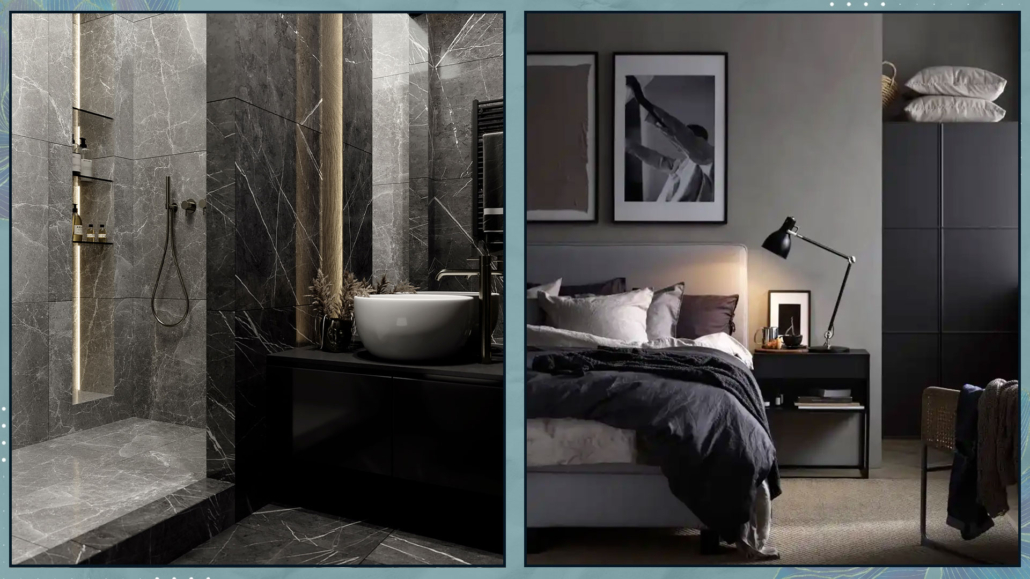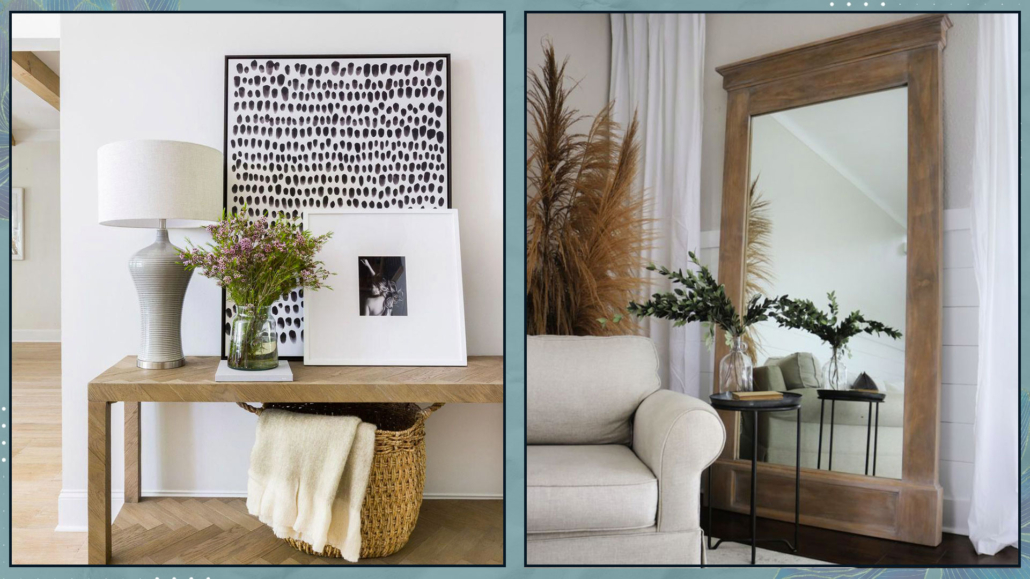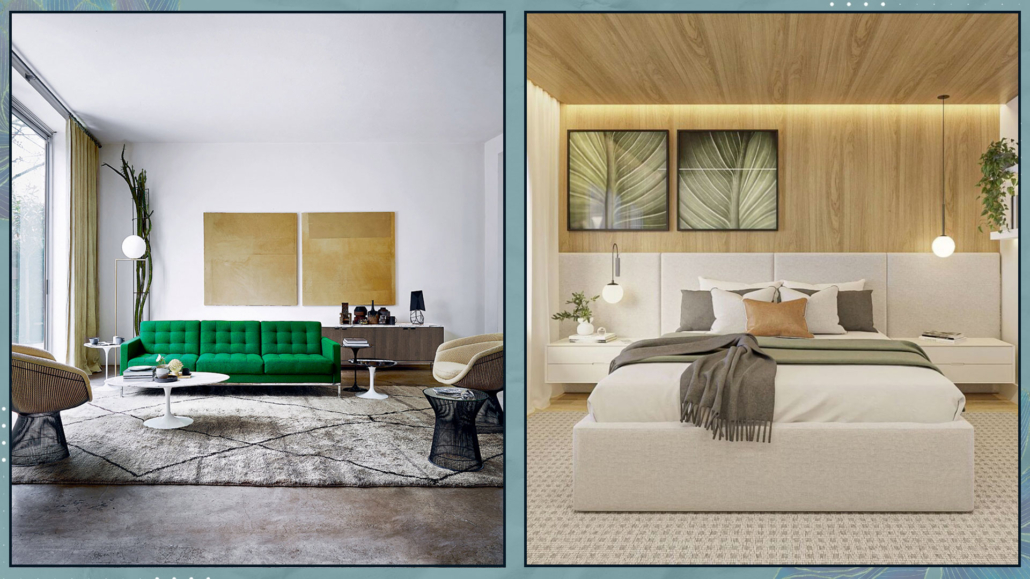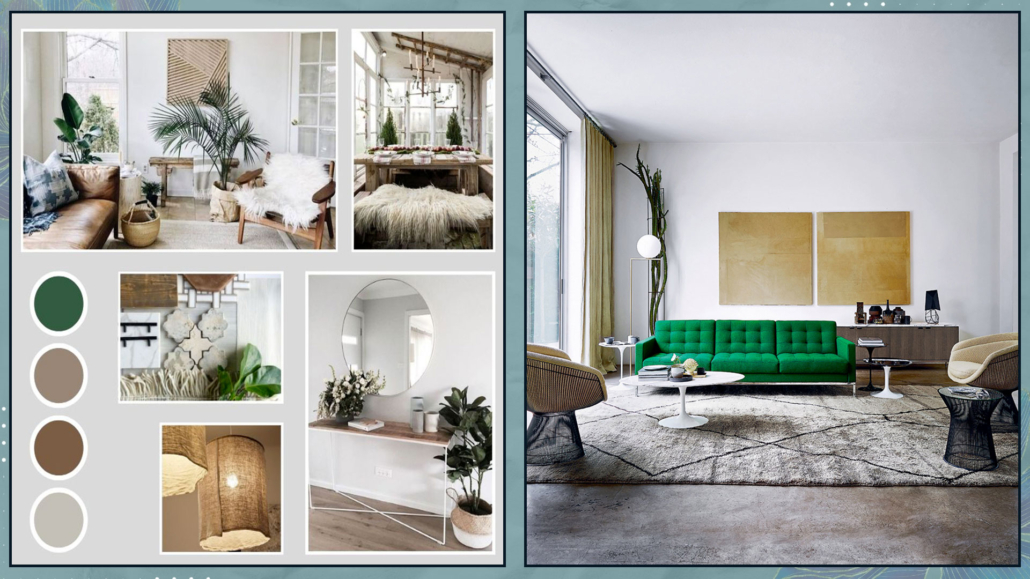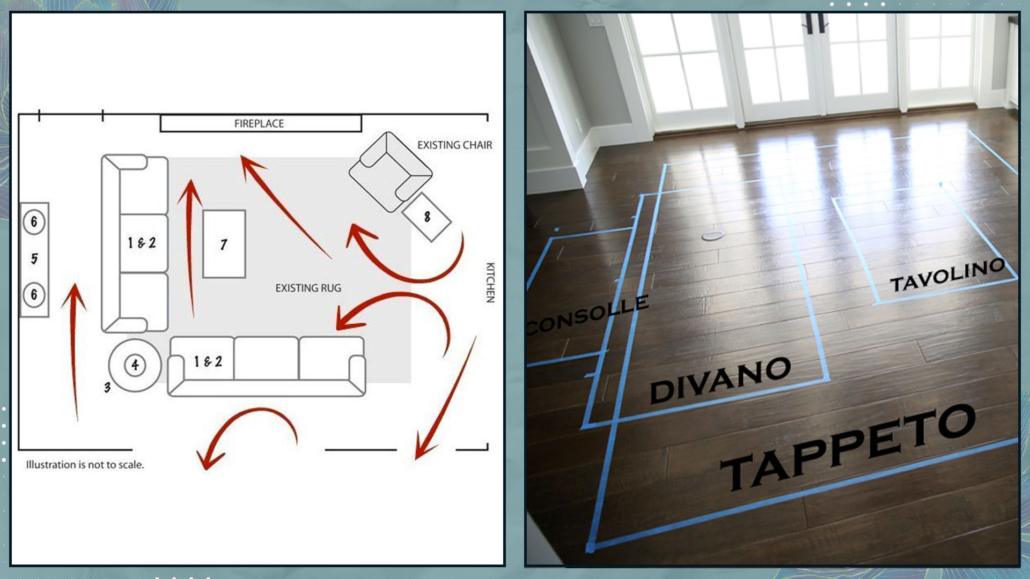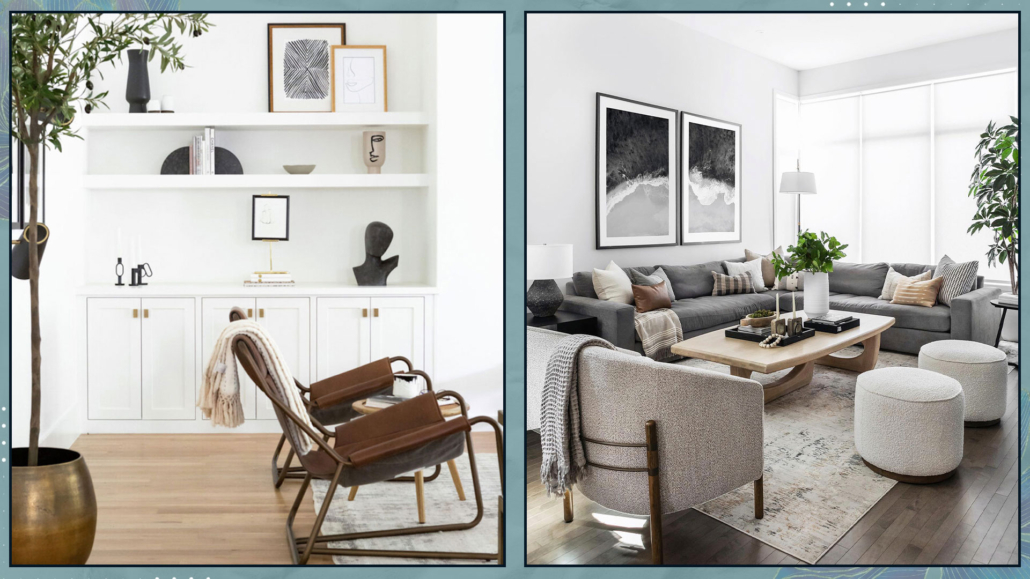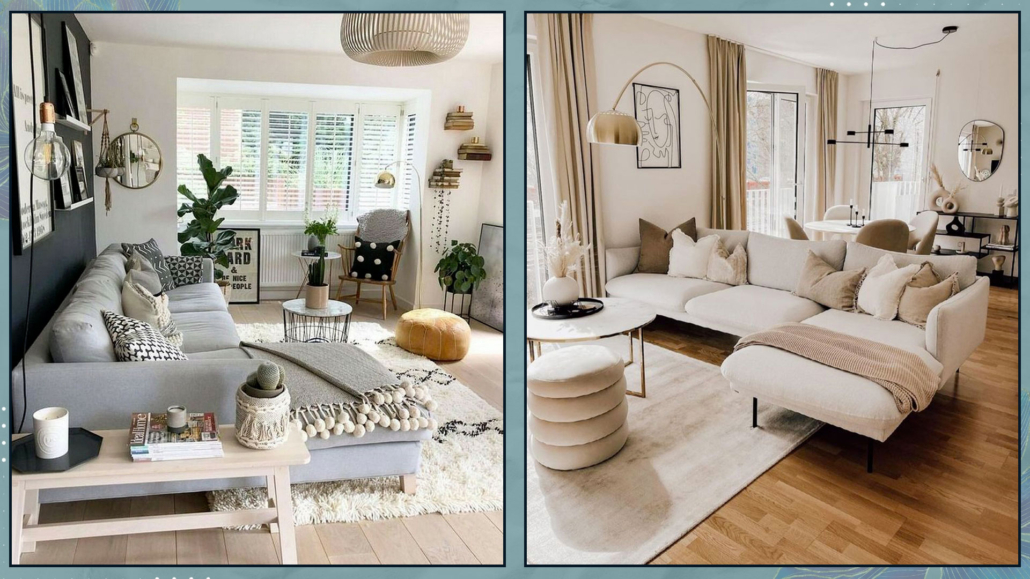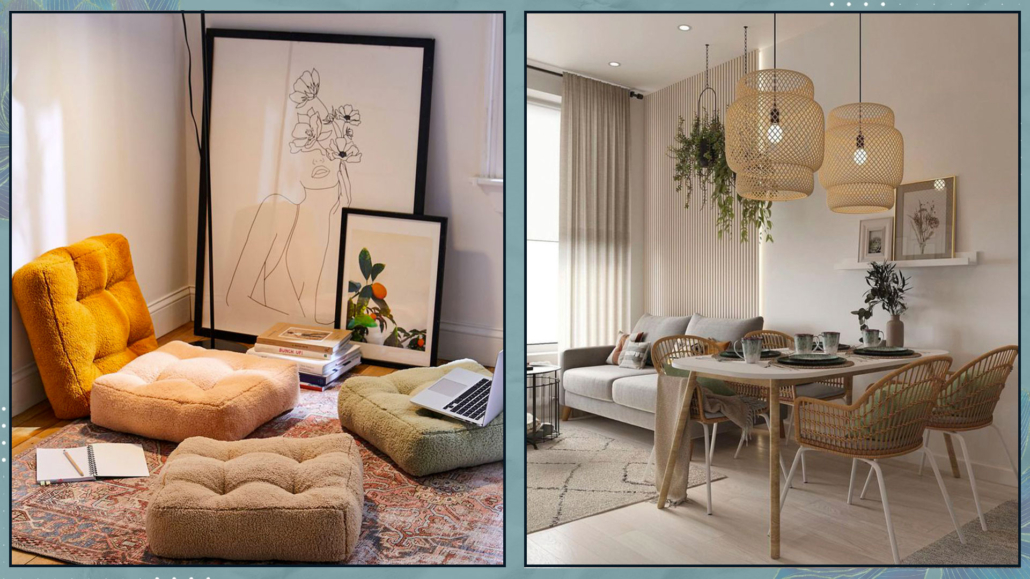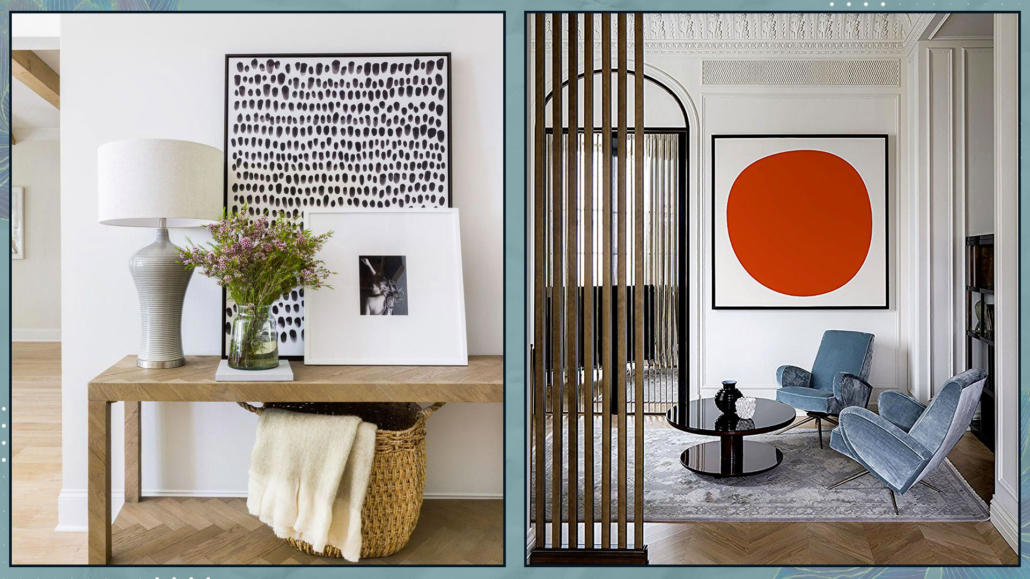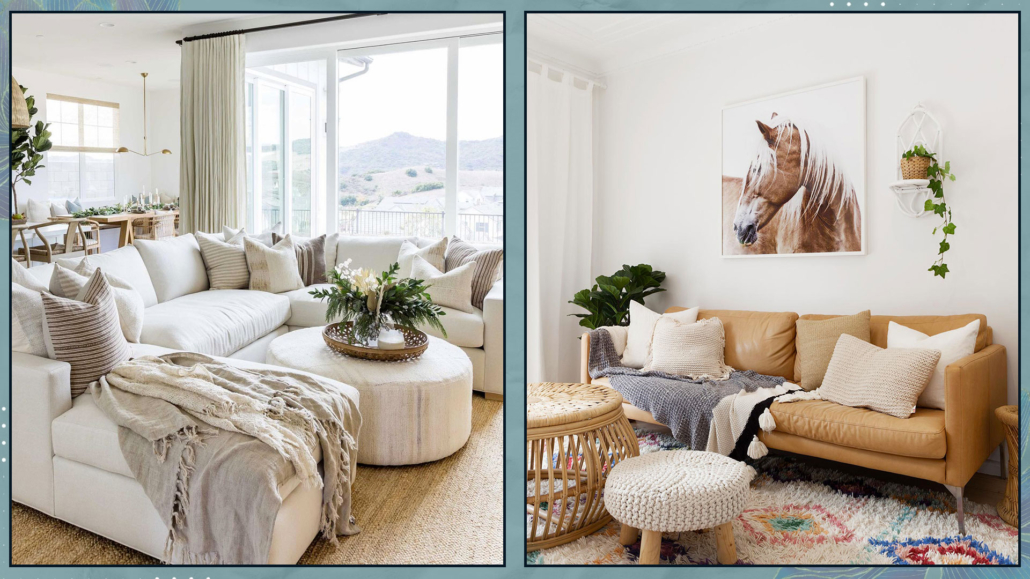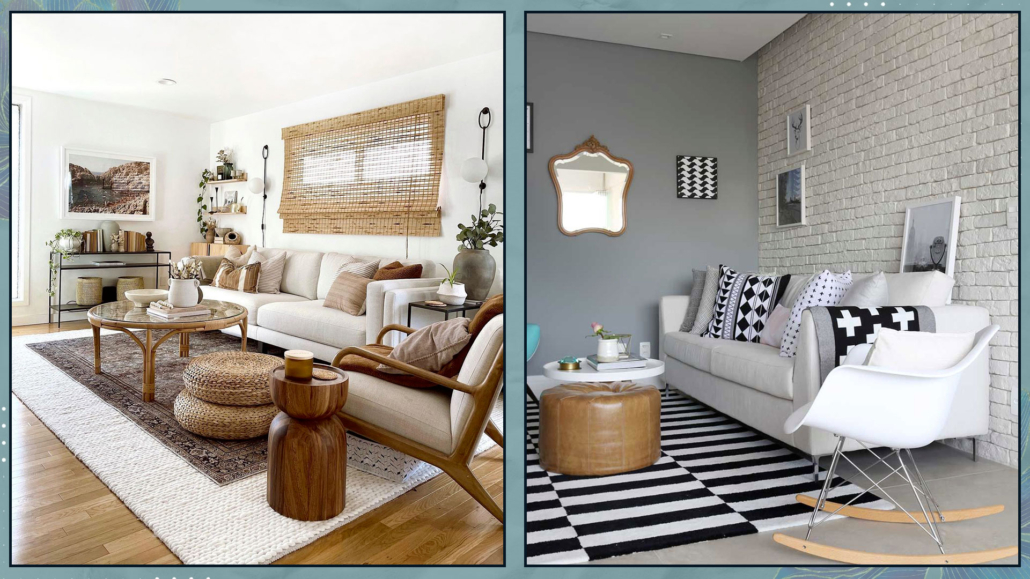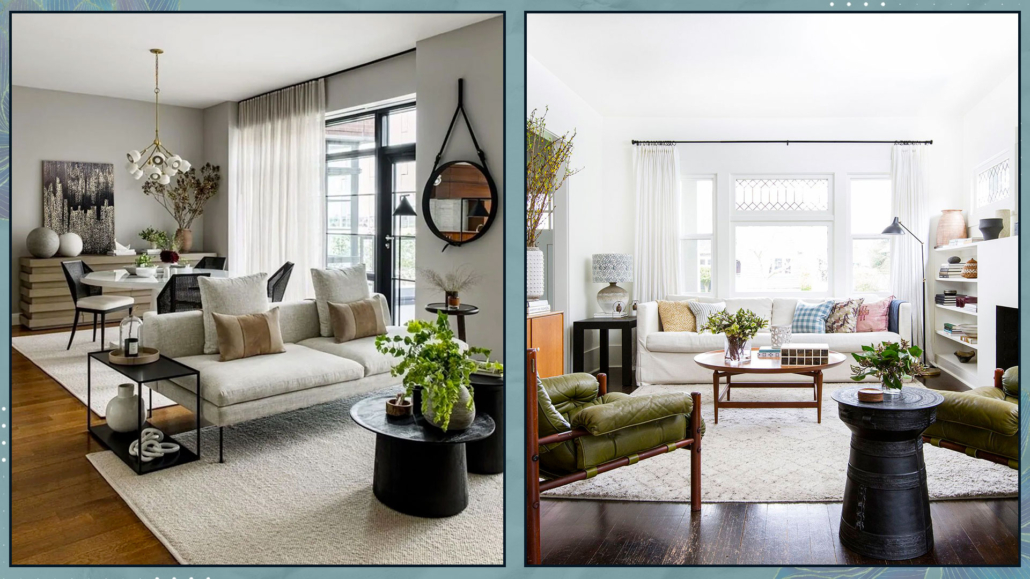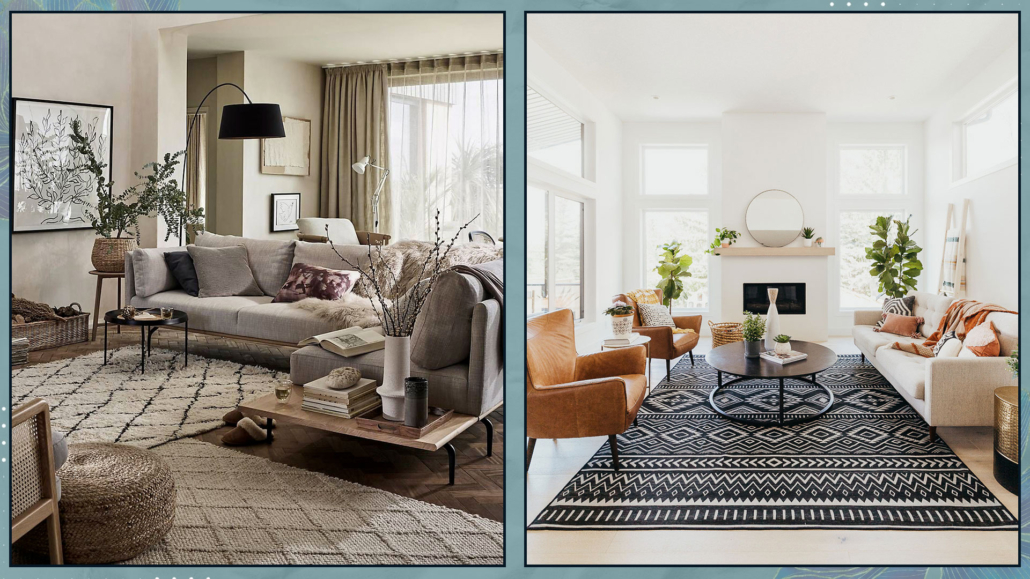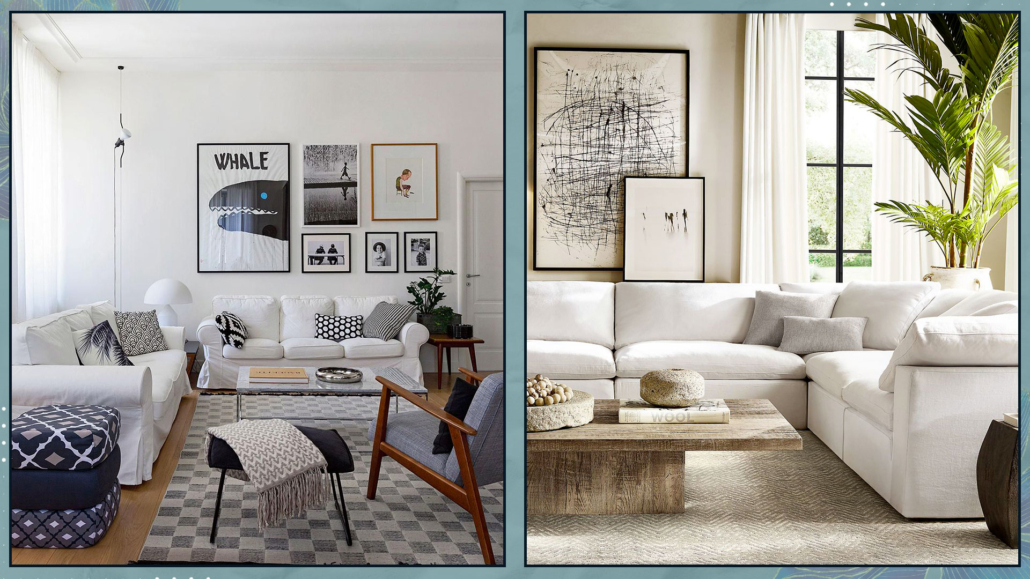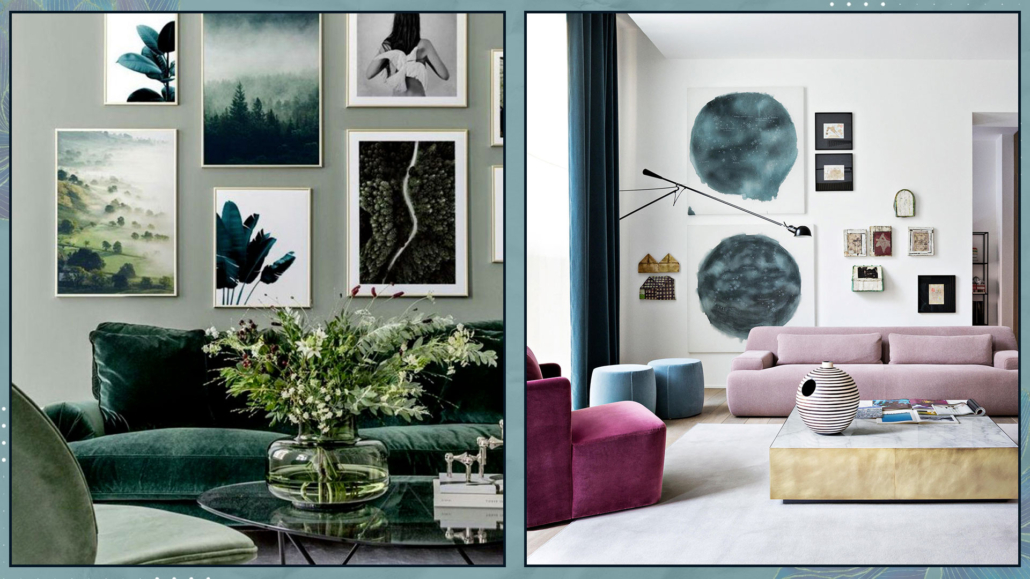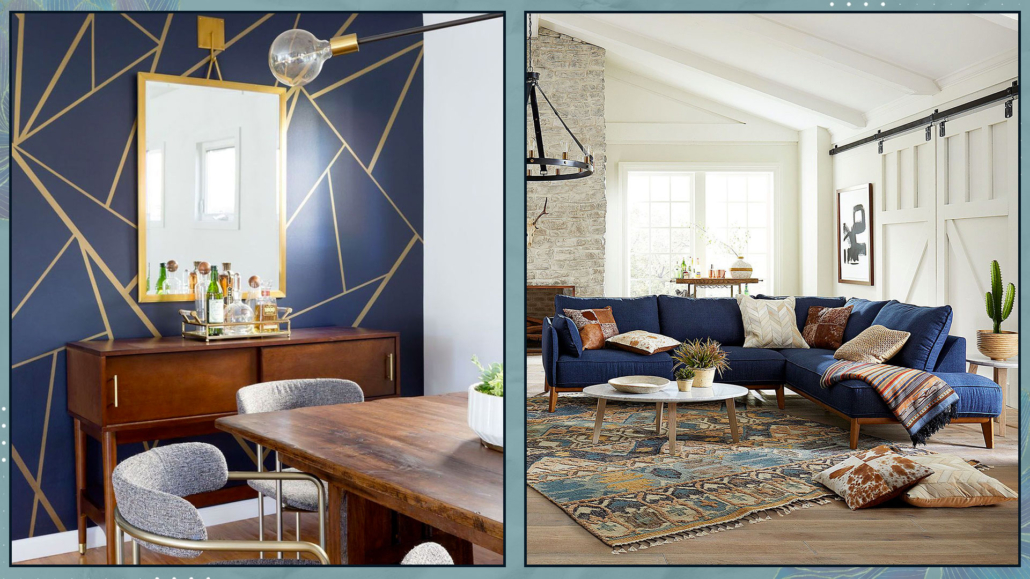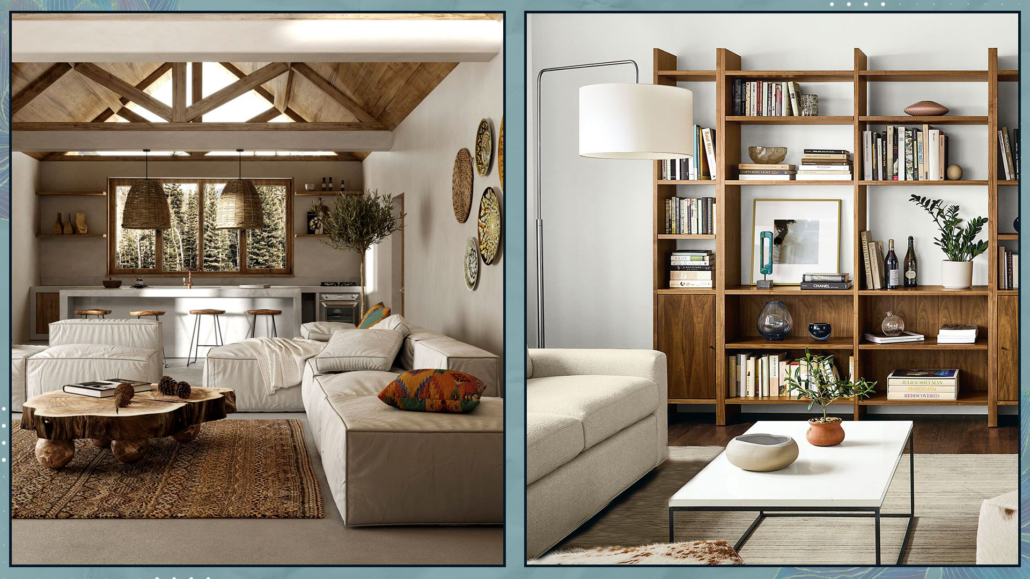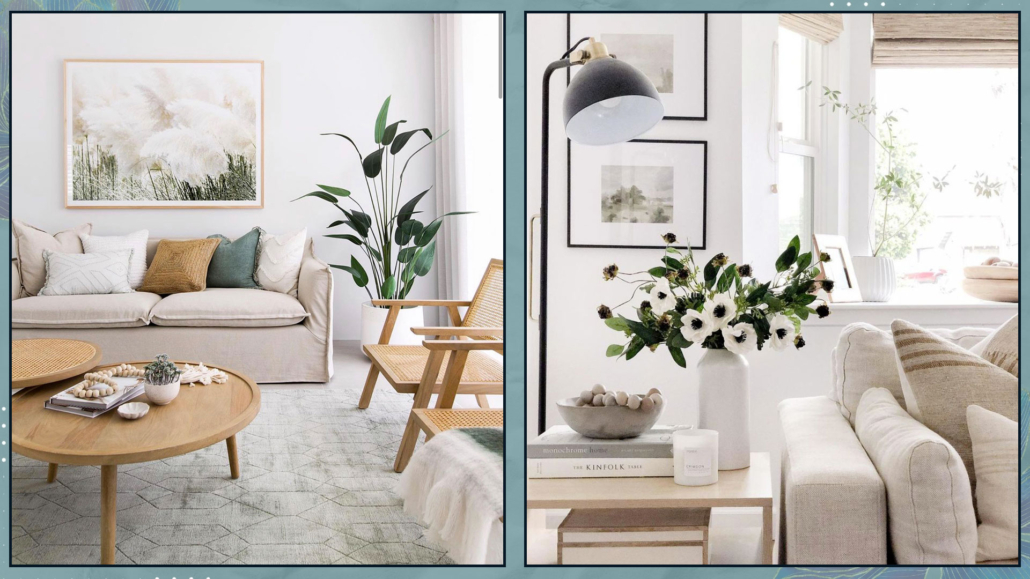When you walk into your living room and look at the wall behind the sofa, does it feel dull and you would like to find a way for decorating this wall effectively and give it some character?
You’re in the right place!
In today’s article, I’ll give you eight ideas for decorating the wall behind the sofa and giving it character!
1 – COLOR
Colors are the quickest way to give a wall some character, but be careful: it may not be as simple as it seems!
The chosen color should be consistent with the other colors in your home to maintain harmony.
You can go for a contrasting color, or if you like to stick with the same color, you can play around with its saturation!
Here is a tip: get some samples before painting the wall any color. Choosing from a swatch or even at the paint store is not easy; the result will likely be different!
So, get some small cans of paint and try them on the wall, or ask for medium-sized painted pieces of cardboard and place them against the wall.
Then, observe how they interact with both natural and artificial light, as well as how they complement your furniture.
Once you have chosen the color, remember you do not have to paint the entire wall if you don’t want to!
You could paint just a band that reaches a little above the sofa or use color-blocking techniques, such as framing the couch!
You can also get creative and use geometric shapes; just be careful not to overdo it.
Again, a good idea is to try a virtual mock-up first, even using something as simple as Canva!
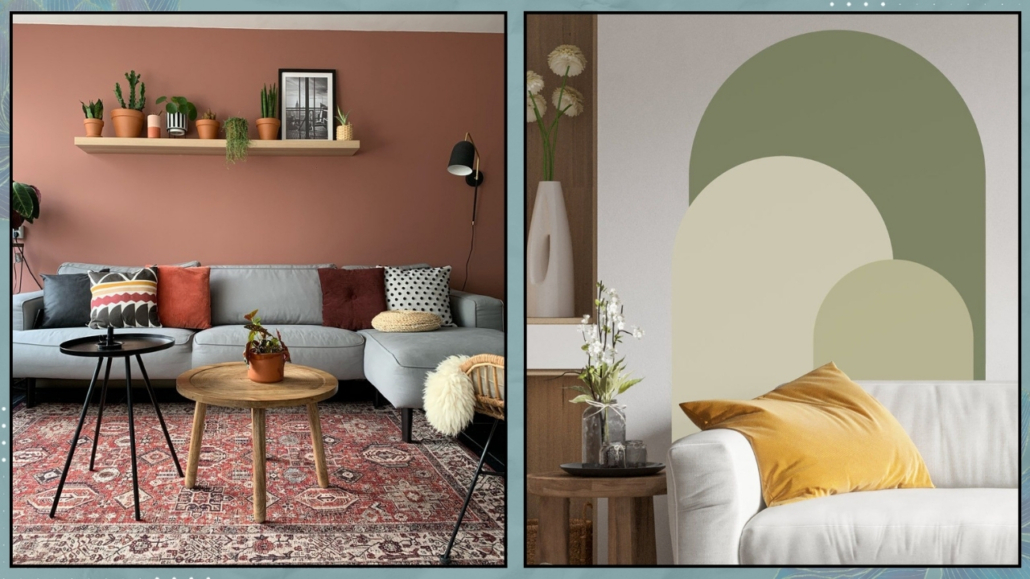
(credits: Enorm d’ Acheteromme; etsy.com)
2 – TEXTURED WALLS
You might want to create a textured wall using exposed bricks (which you can paint any color), wood panels, or raised tiles!
Adding tactile and visual texture to the wall creates a strong impact that can indeed give the space character!
Even here, you don’t have to cover the entire wall—you can create a certain rhythm by leaving some areas untouched.
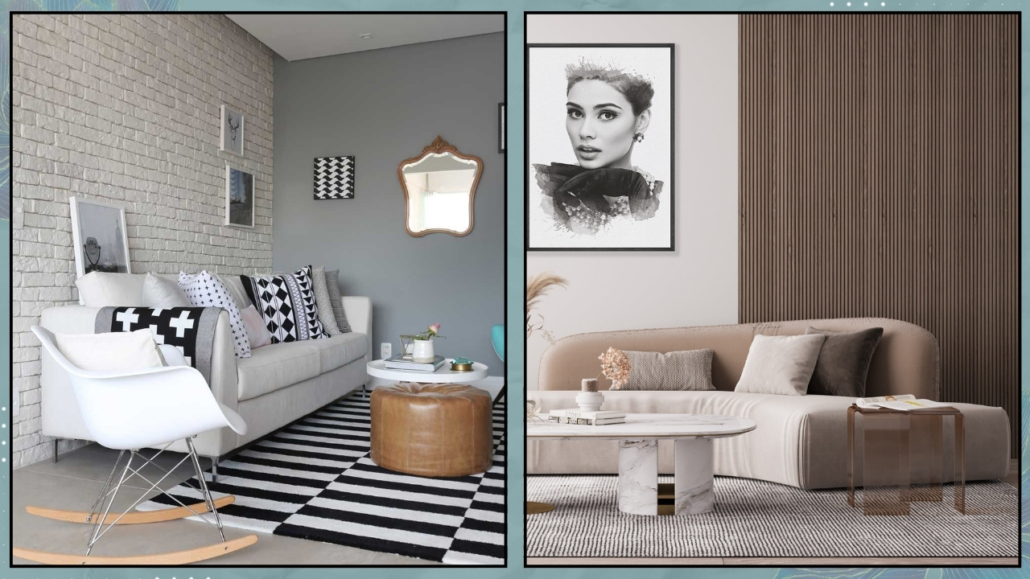
(credits: marianaorsi.com.br; canva)
3 – WOOD MOLDING
Wood molding is making a big comeback, and for good reason!
Don’t think it’s just for traditional living rooms, as it actually pairs wonderfully with more modern styles, adding a touch of elegance.
Once again, you don’t have to cover the entire wall; you could only add a section slightly higher than the sofa!
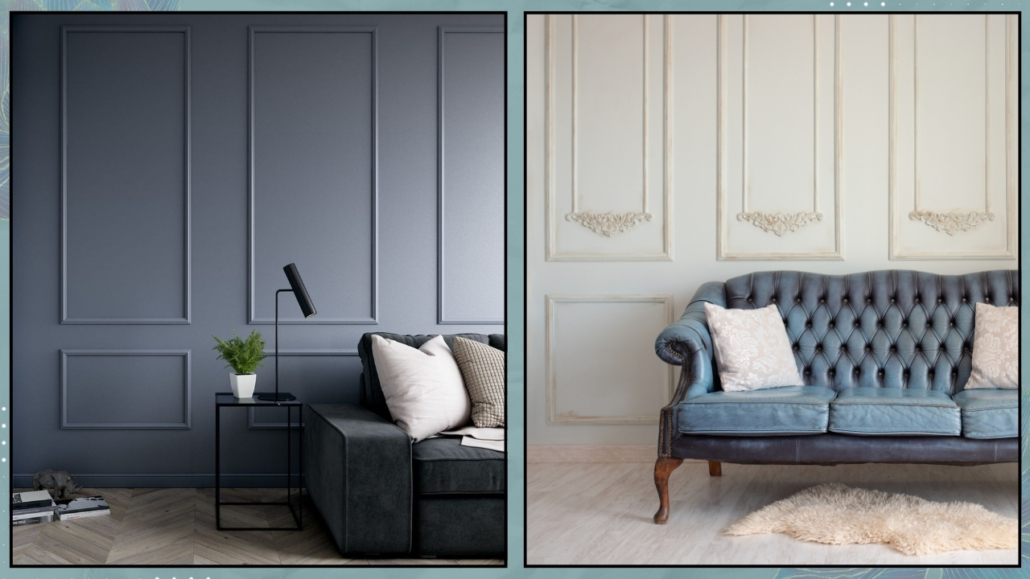
(credits: leroymerlin.fr; canva)
4 – WALLPAPER
Wallpaper, in recent years, has been a growing trend and could be an excellent option for the wall behind the sofa.
Nowadays, the selection of wallpaper is practically endless, so it’s easy to feel overwhelmed!
Start by studying your home’s style and color palette for an initial shortlist.
Be mindful of choosing patterns that are proportionate to the space—avoid designs that are too small and might get lost or too large and overpowering!
I’ve dedicated an article to selecting wallpaper, which you can find here (and here in Italian video format!).
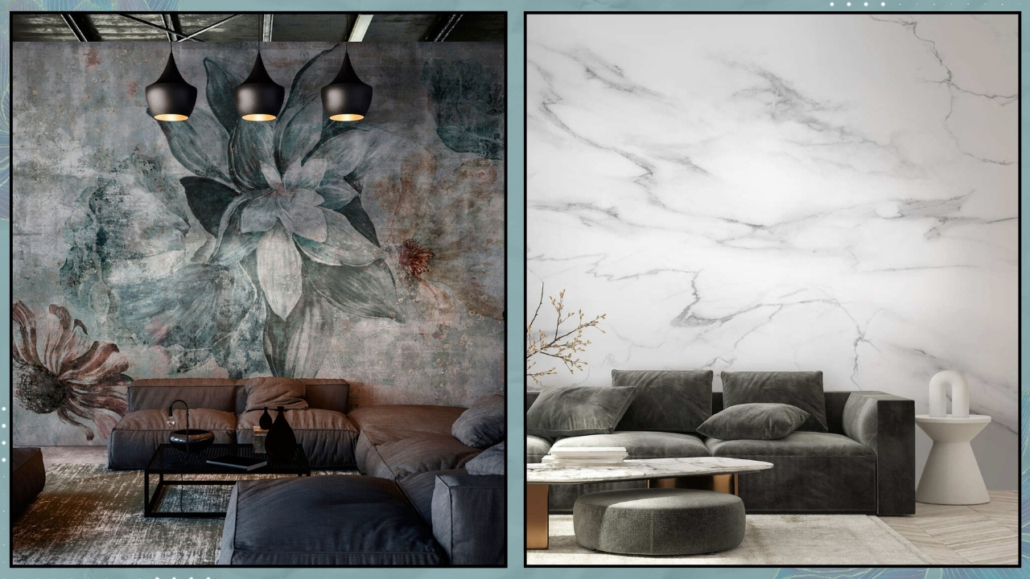
(credits: tecnografica.net; uwals.it)
5 – ART OR MIRRORS
A classic way to decorate the wall behind the sofa is by using paintings, prints, or photographs!
For a good result, in this case, it’s paramount to pay attention to the size.
If you opt for a single piece, it should be huge, at least 2/3 the sofa width, and hung 6 to 10 inches (15 to 25 cm) above the backrest; otherwise, it may look randomly placed.
You could also go for a large piece to create a bold statement!
If you’re hanging multiple pieces, be mindful of the spacing between them so they always look like part of a cohesive arrangement.
Create harmony by using matching frames or, if you prefer different ones, keep consistent the artwork colors.
Remember to choose subjects that reflect your personality and are unique: avoid mass-produced prints!
The same principles apply if you decide to use mirrors!
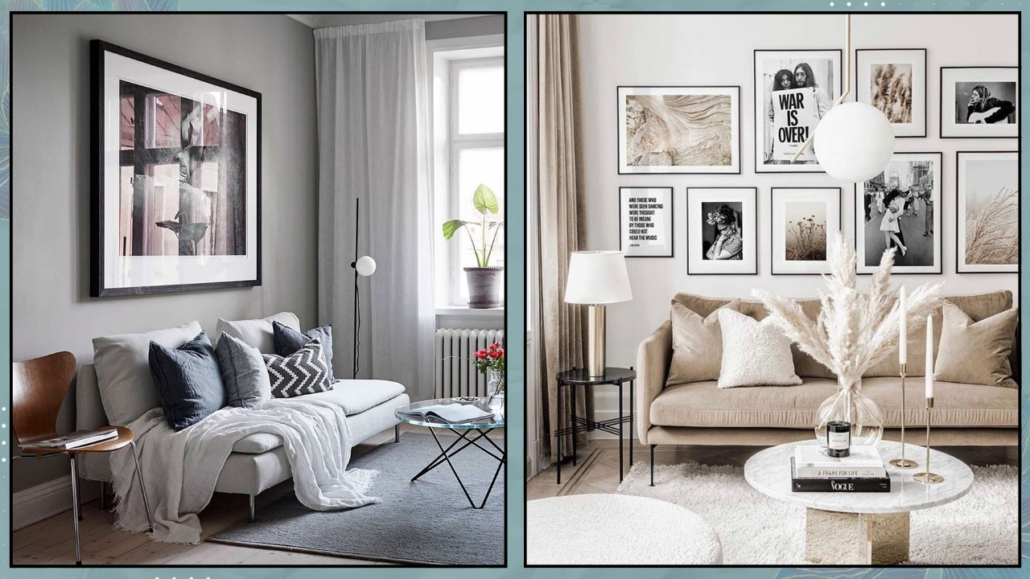
(credits: cocolapinedesign.com; posterstore.it)
6 – SHELVES OR NICHES
Shelves are another great way to decorate the wall behind the sofa because you can style them however you like!
You can display artwork and photos, place books, candles, vases, plants, etc.
The best part is that you can move these items around whenever you want, making the wall decoration behind the sofa definitely dynamic!
You could also add LED strips under the shelves to create ambiance and add more depth to the wall!
If space allows, you could also create a small ledge behind the sofa to display your décor and maybe even a lamp.
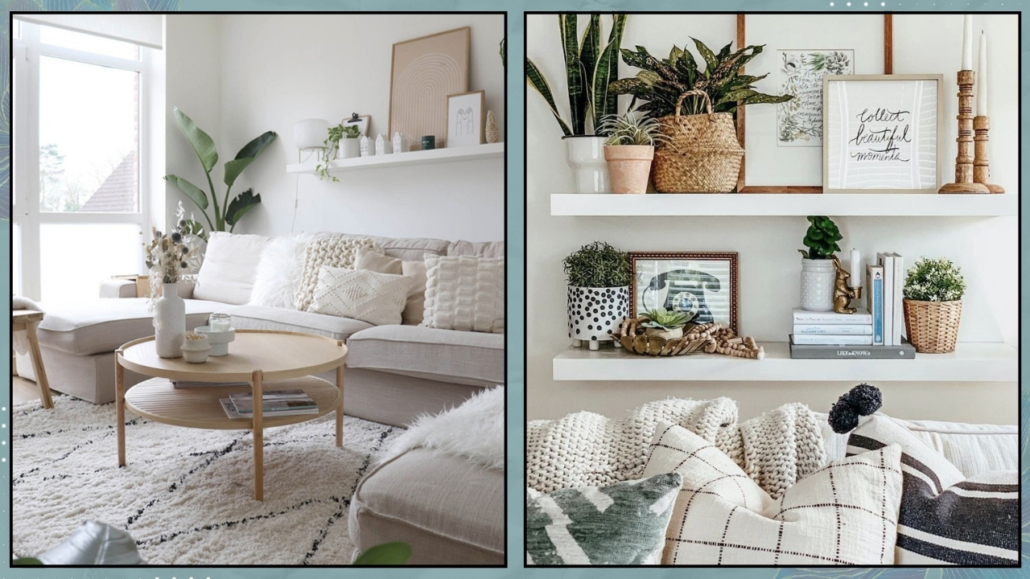
(credits: idoitmyself.be; thebeautyrevival.com)
7 – PLANT WALL
Have you ever thought about a plant wall?
It consists of stabilized moss panels that require no water or maintenance!
A blessing for those who don’t exactly have a green thumb!
Again, it’s not mandatory to do the whole wall; you could do just a portion or even create a large artwork using the moss.
You can get creative with it, even decorating mirrors or creating lettering!

(credits: bynaturedesign.ca; gettyimages)
8 – SHOWCASE YOUR PASSIONS
I have said it many times: there’s nothing more personal and impactful than decorating with your passions.
And the wall behind the sofa is no exception.
You can display your record collection, hats, or whatever you are passionate about!
Let your imagination and creativity run wild!
The only tip I offer is to start arranging everything on the floor to be sure you like how it looks.
Then, as I often suggest for artwork, cut out paper templates of your items and put them on the wall with paper tape for an extra visual check. If everything feels right, go ahead and hang it all!
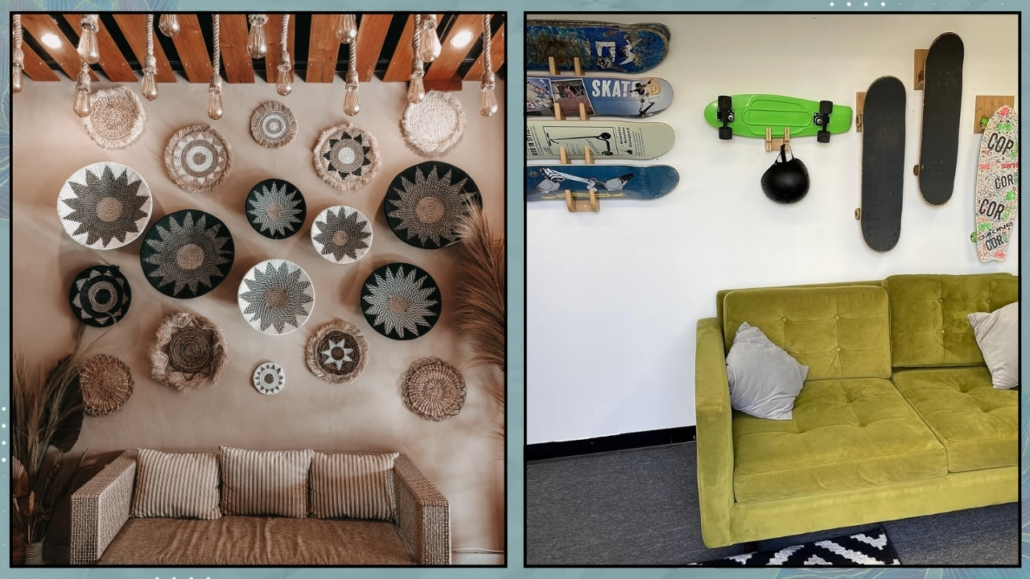
(credits: canva; amazon.com.br)
With attention, you can combine ideas, like wood molding and color, color and artwork or shelves, and so on!
Be careful, however, not to overdo it, or you might risk a less-than-pleasing result!
I hope you enjoyed this article for decorating the wall behind the sofa and found it helpful.
If so, don’t hesitate to share it with someone you think might be interested; I would be honored, and it will help me get known.
If you feel that your home, or any part of it, doesn’t reflect you enough, don’t wait any longer: fall in love with your place again and book your consultancy!
